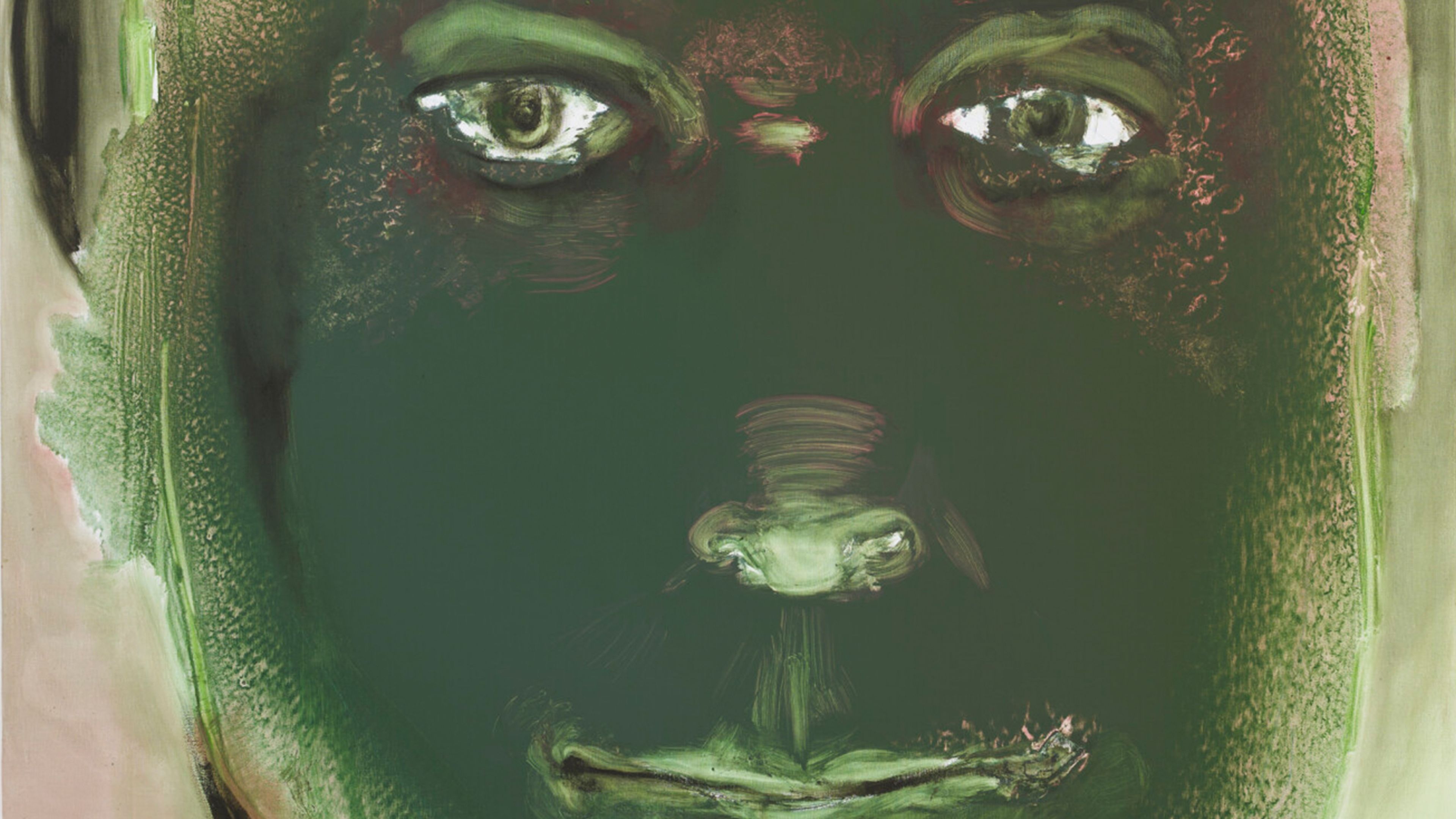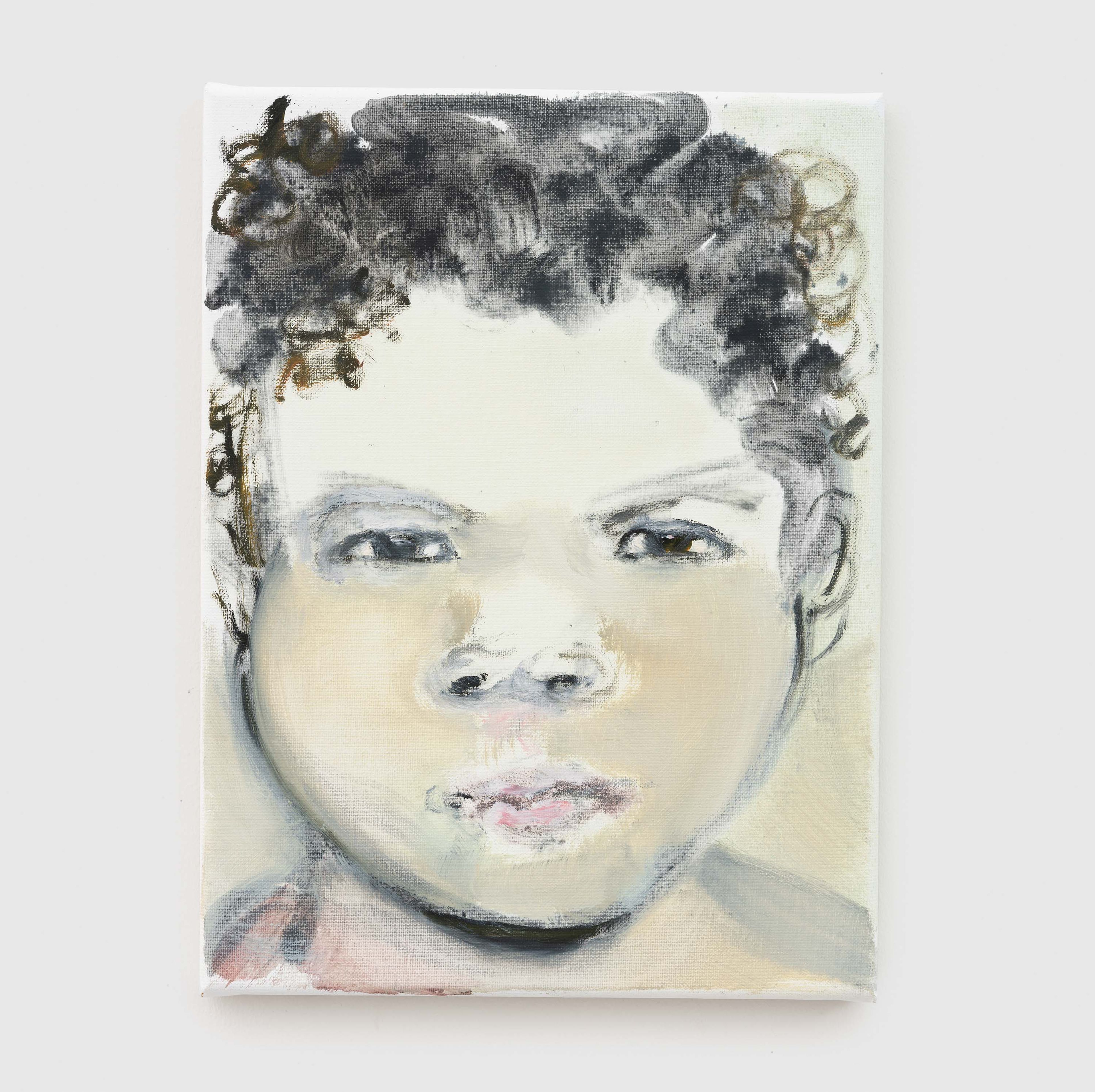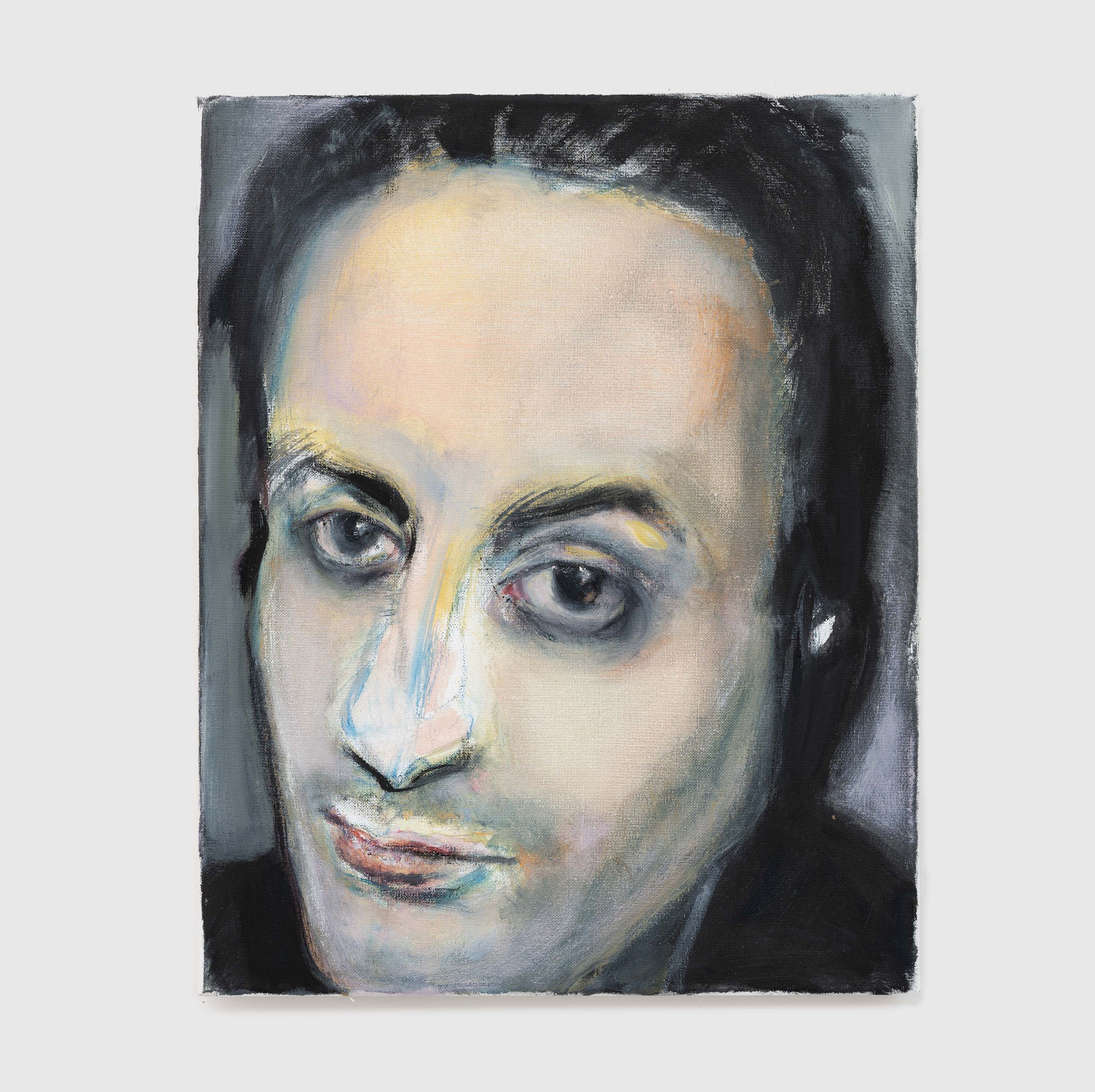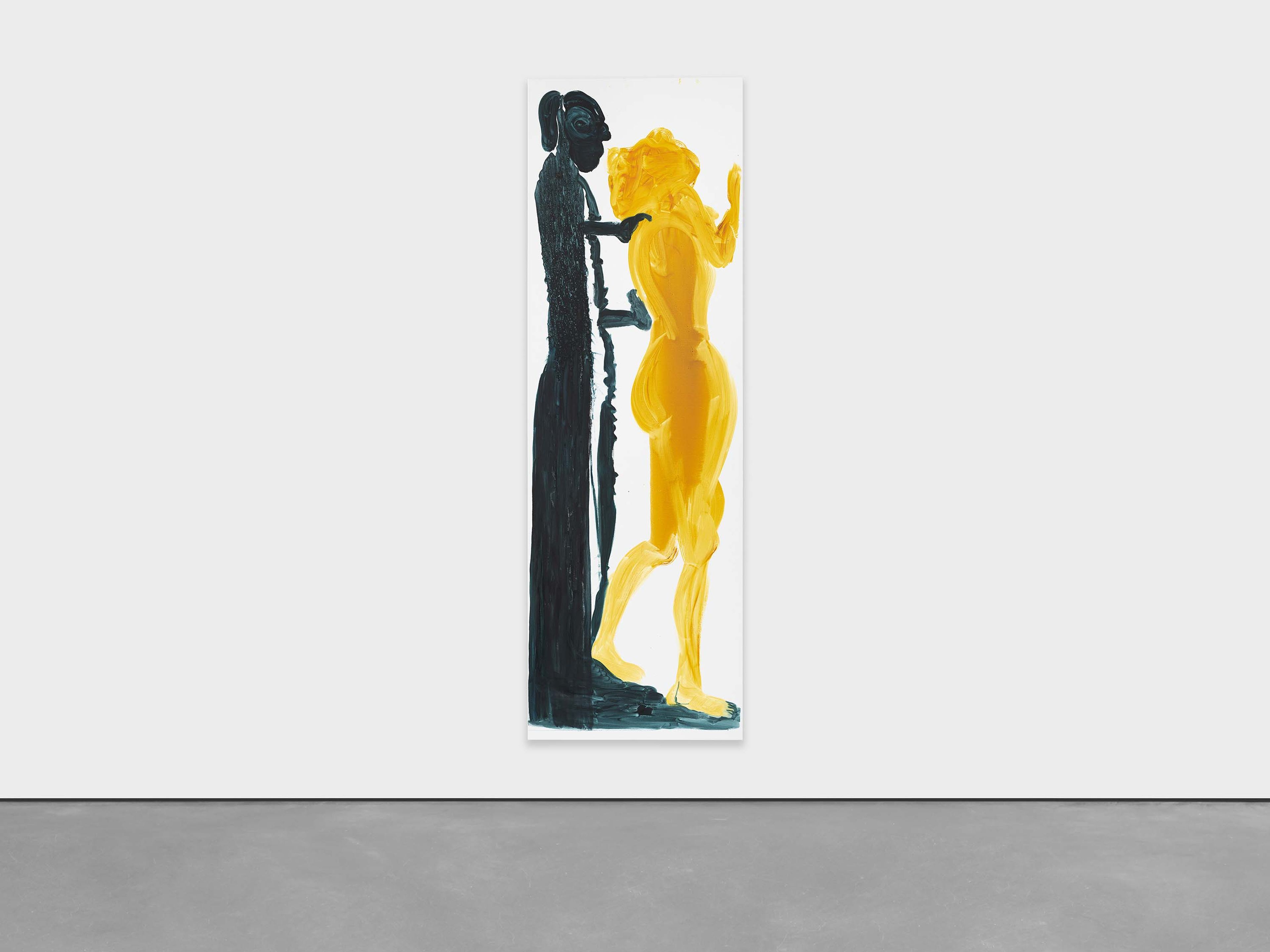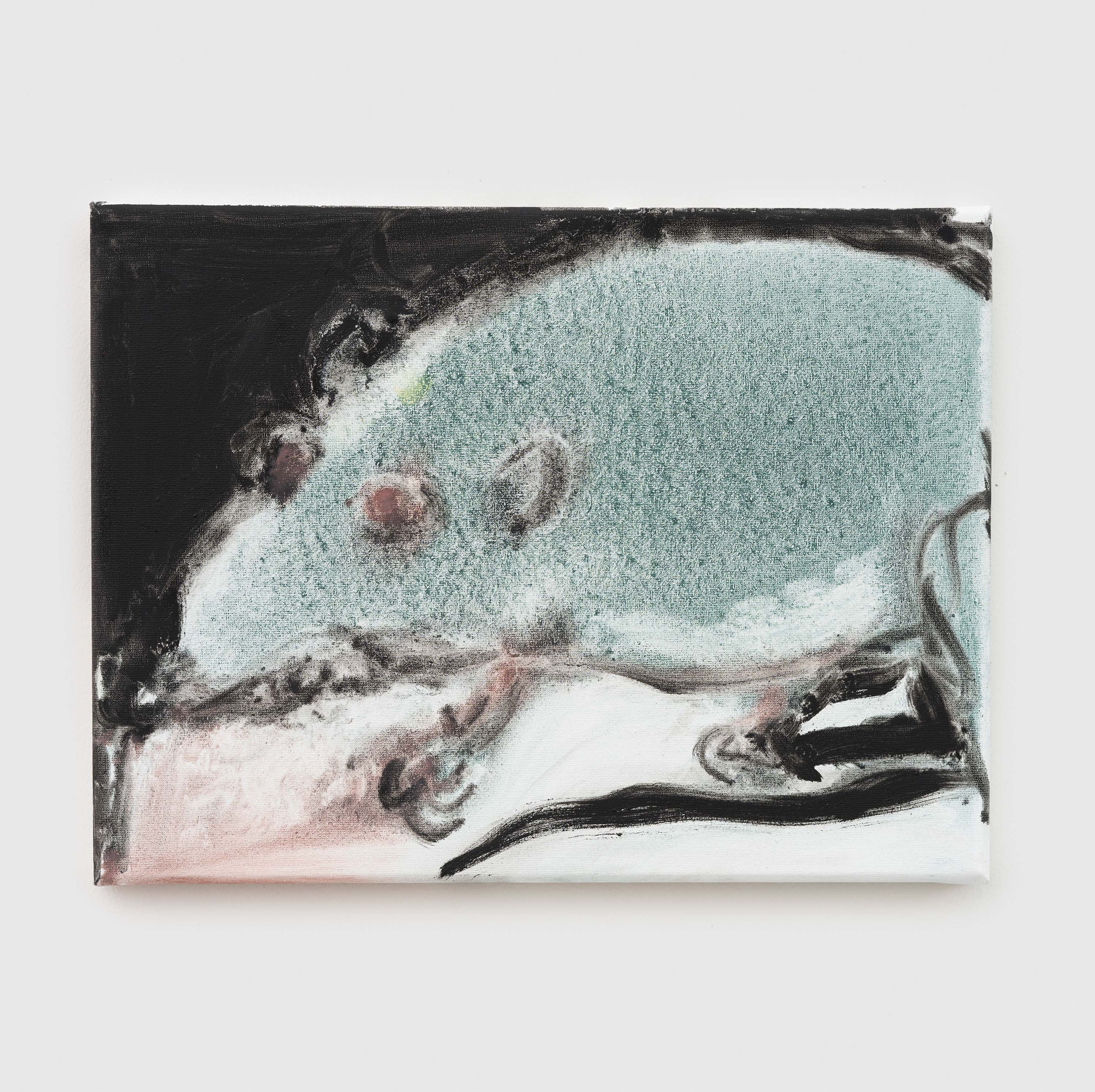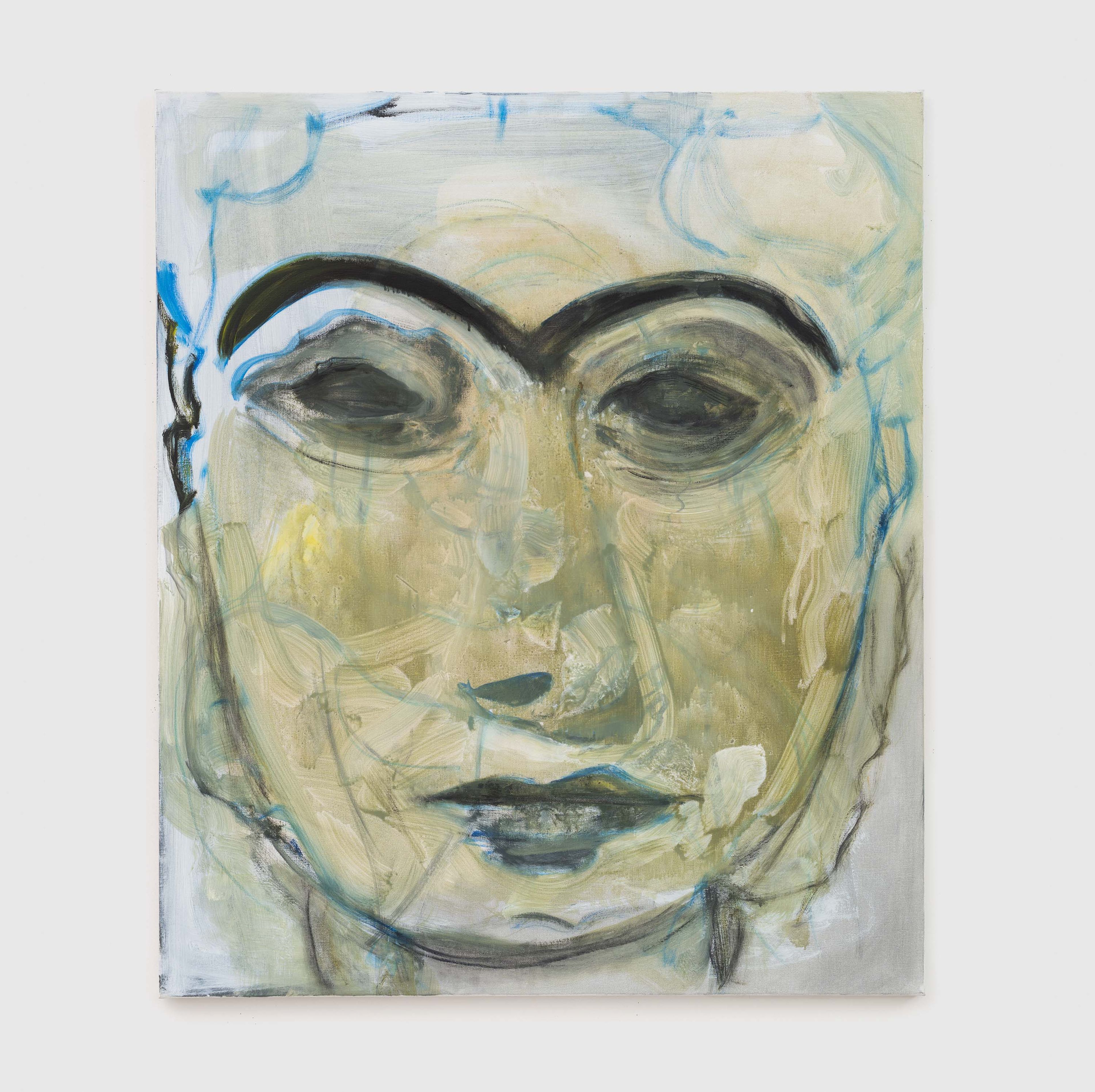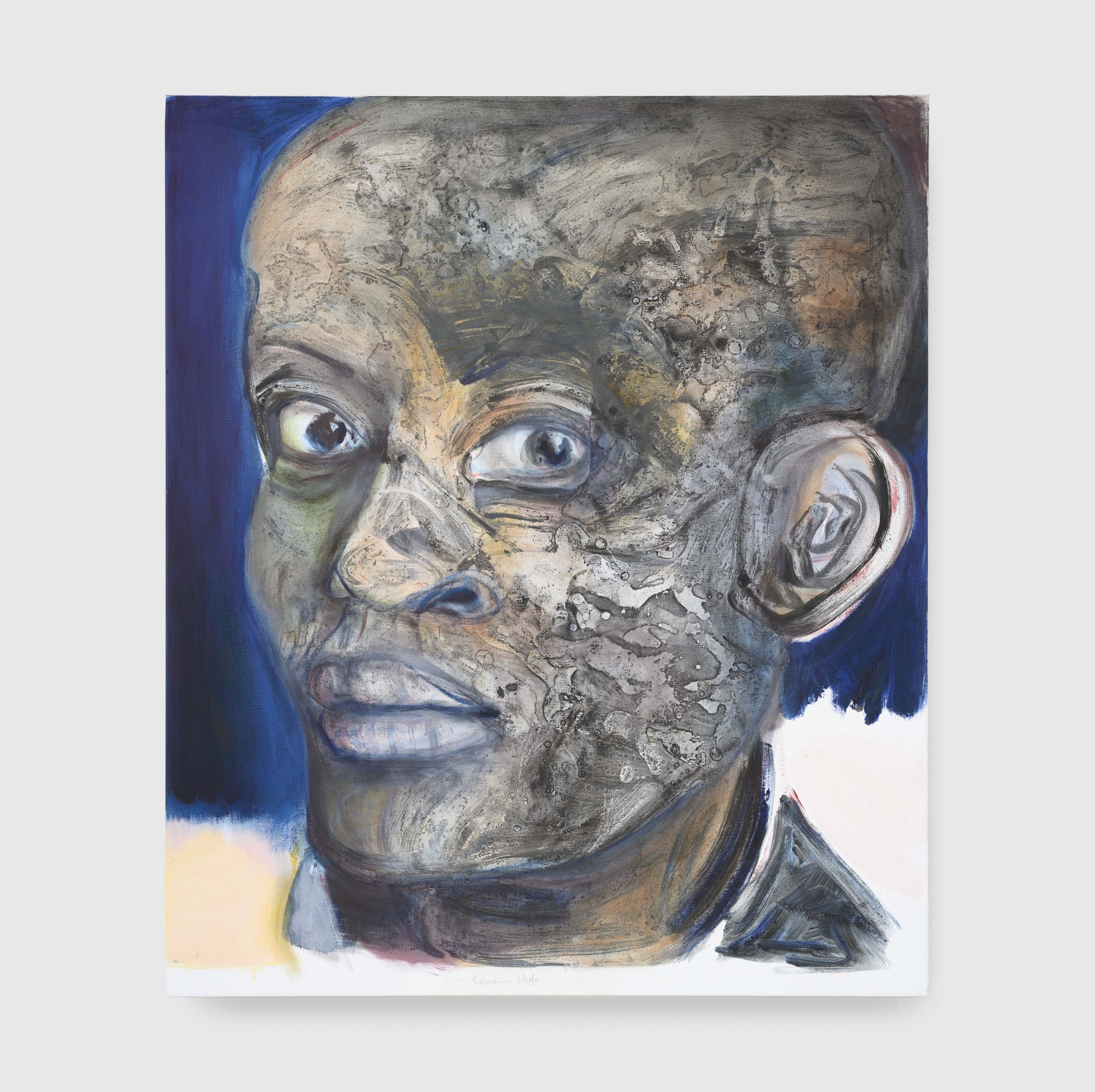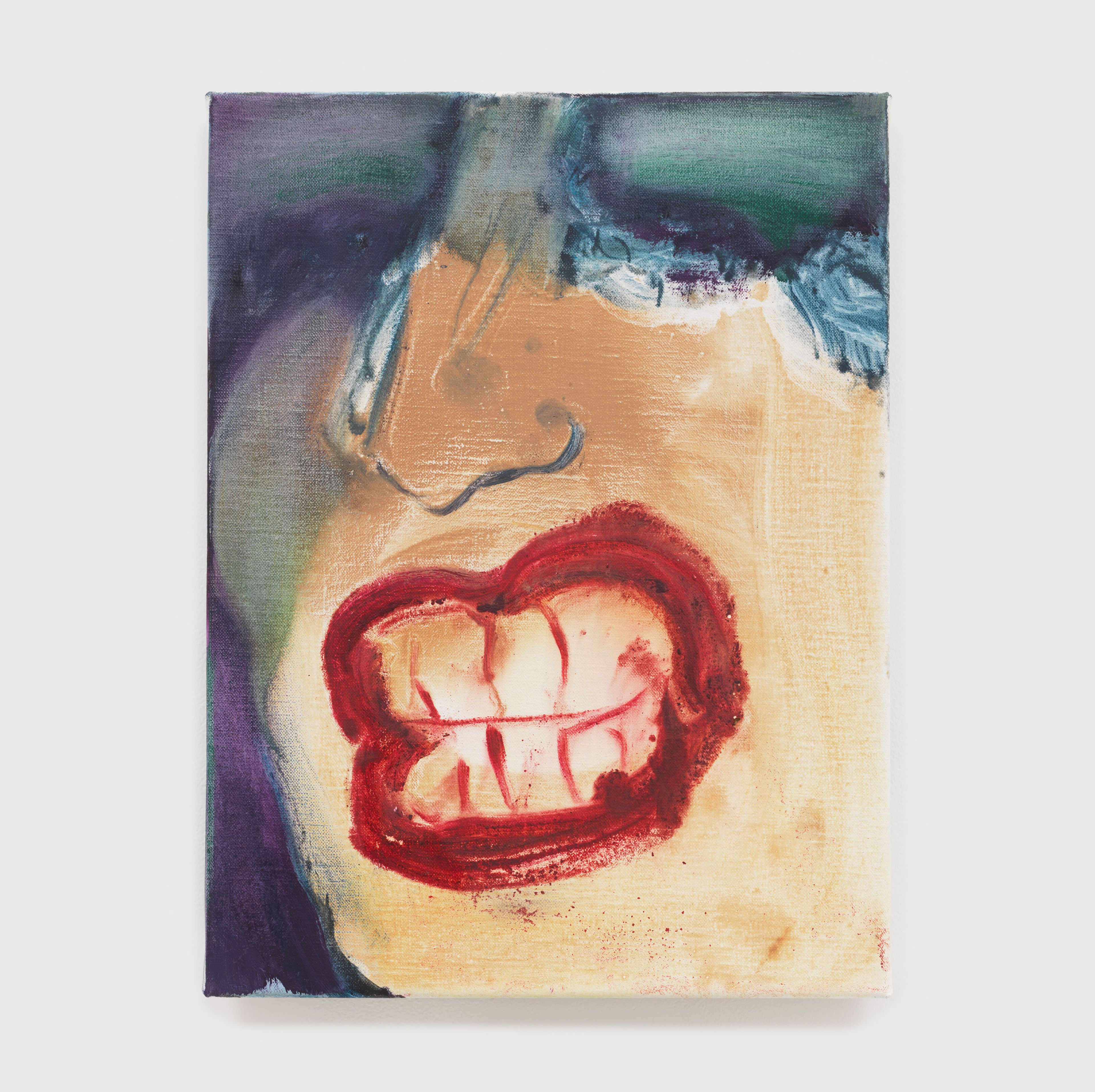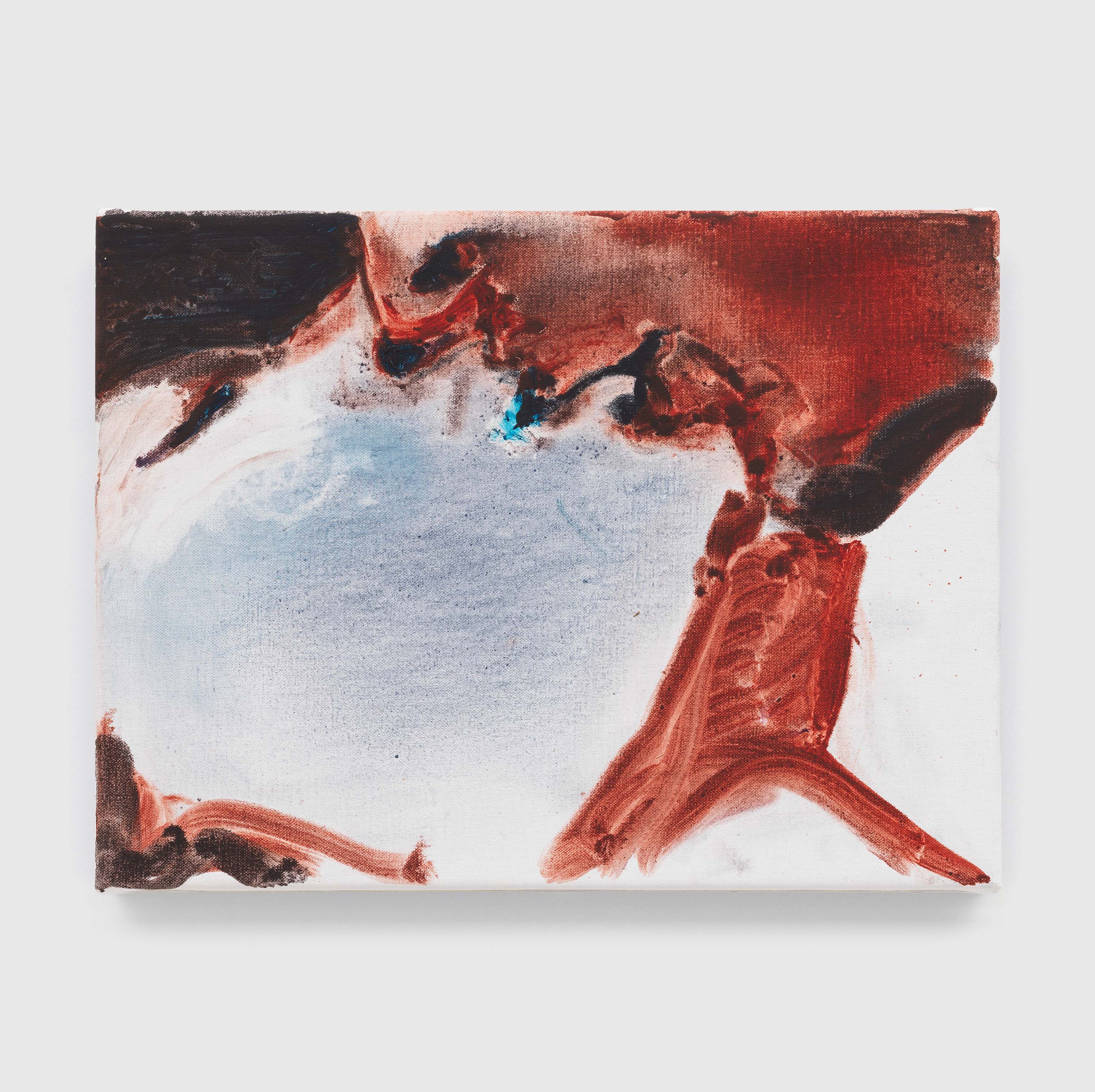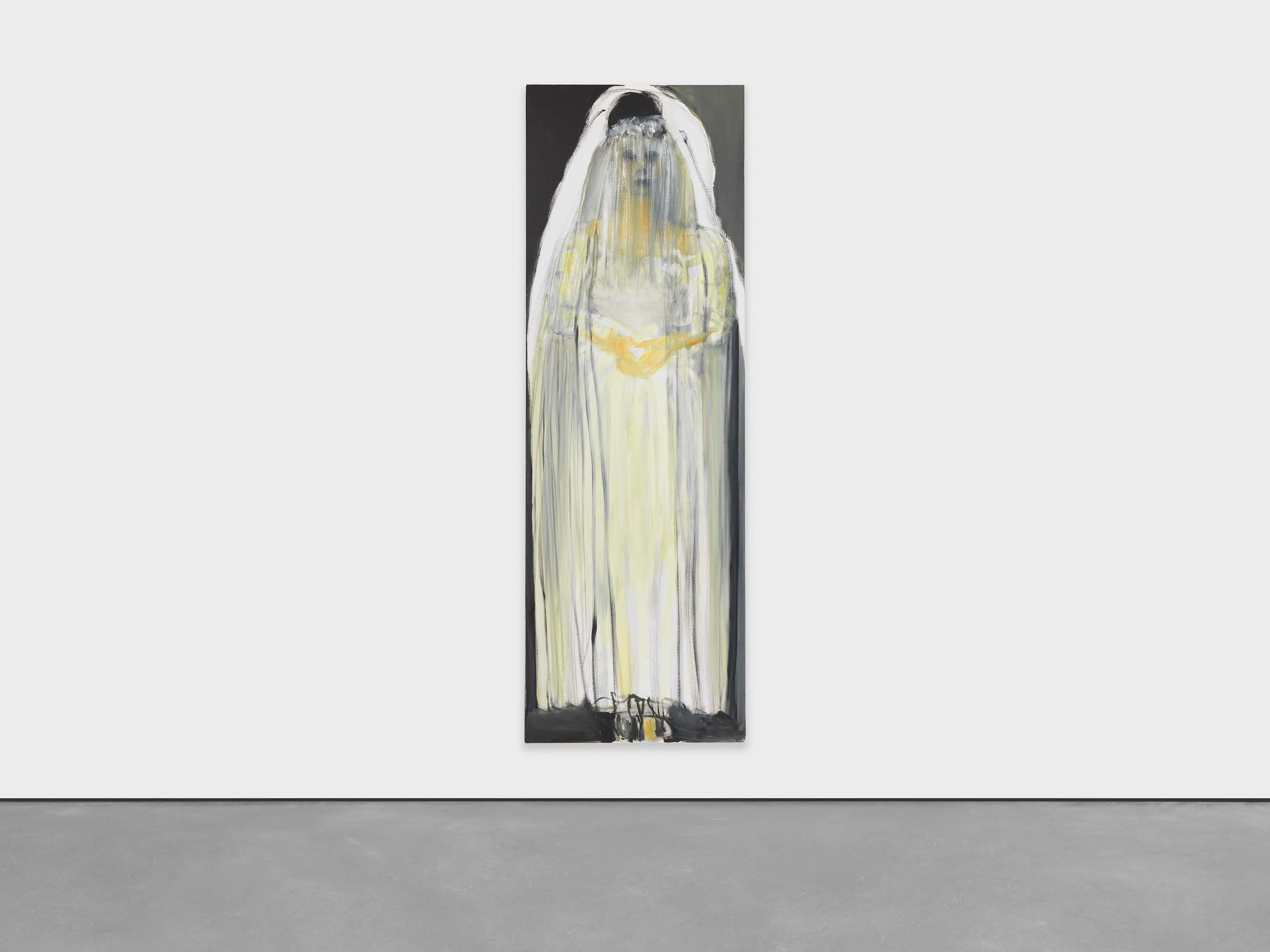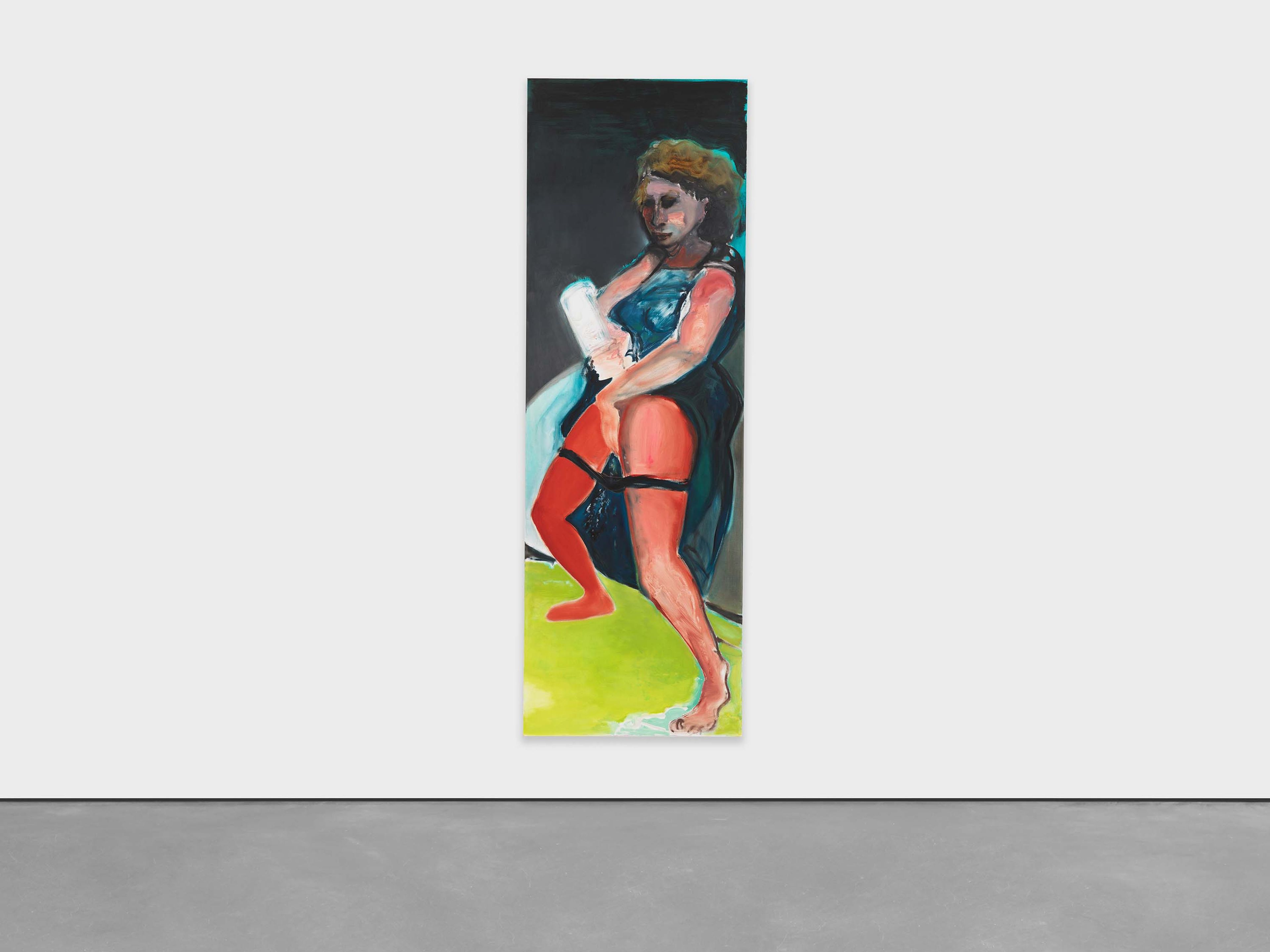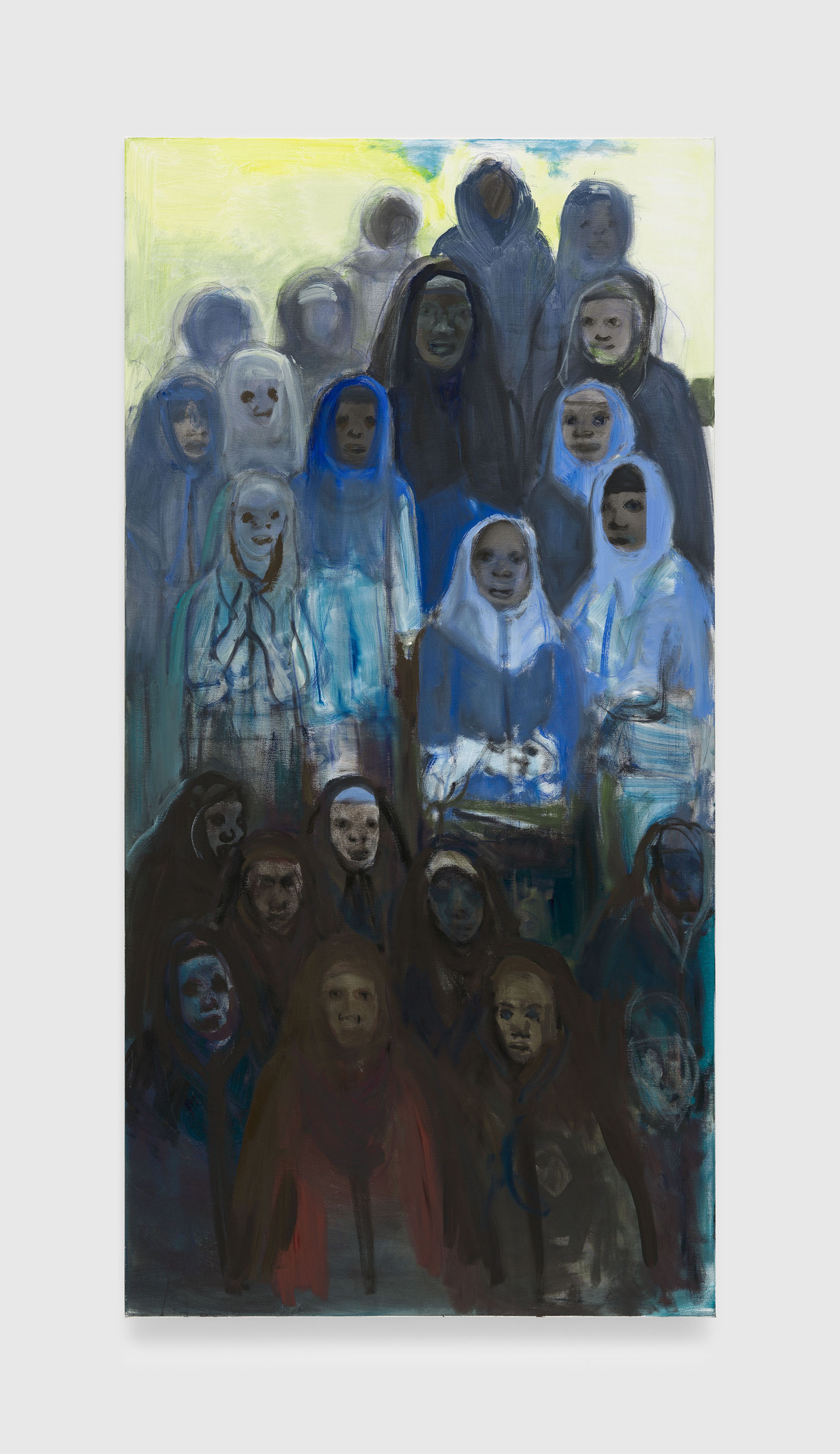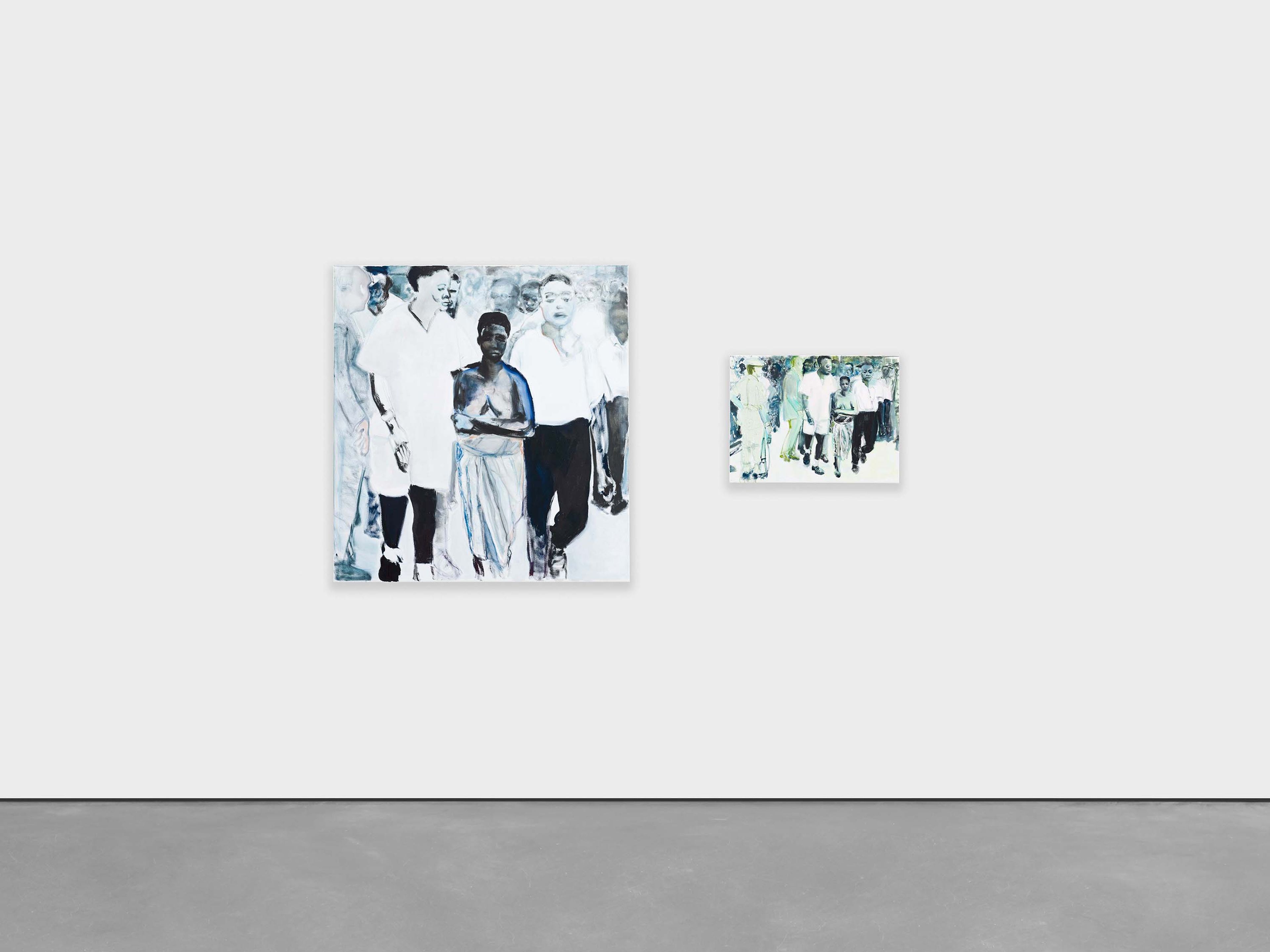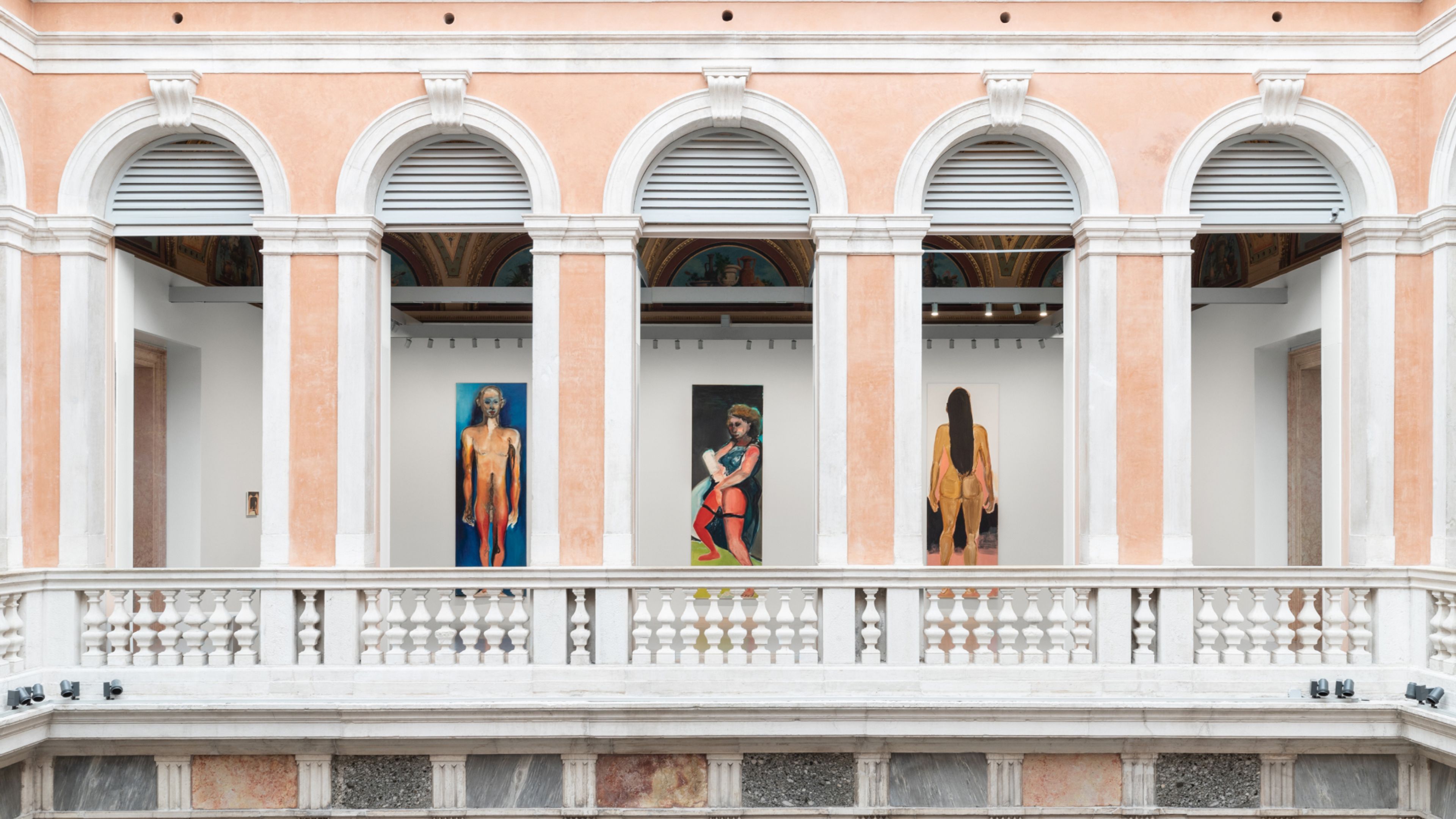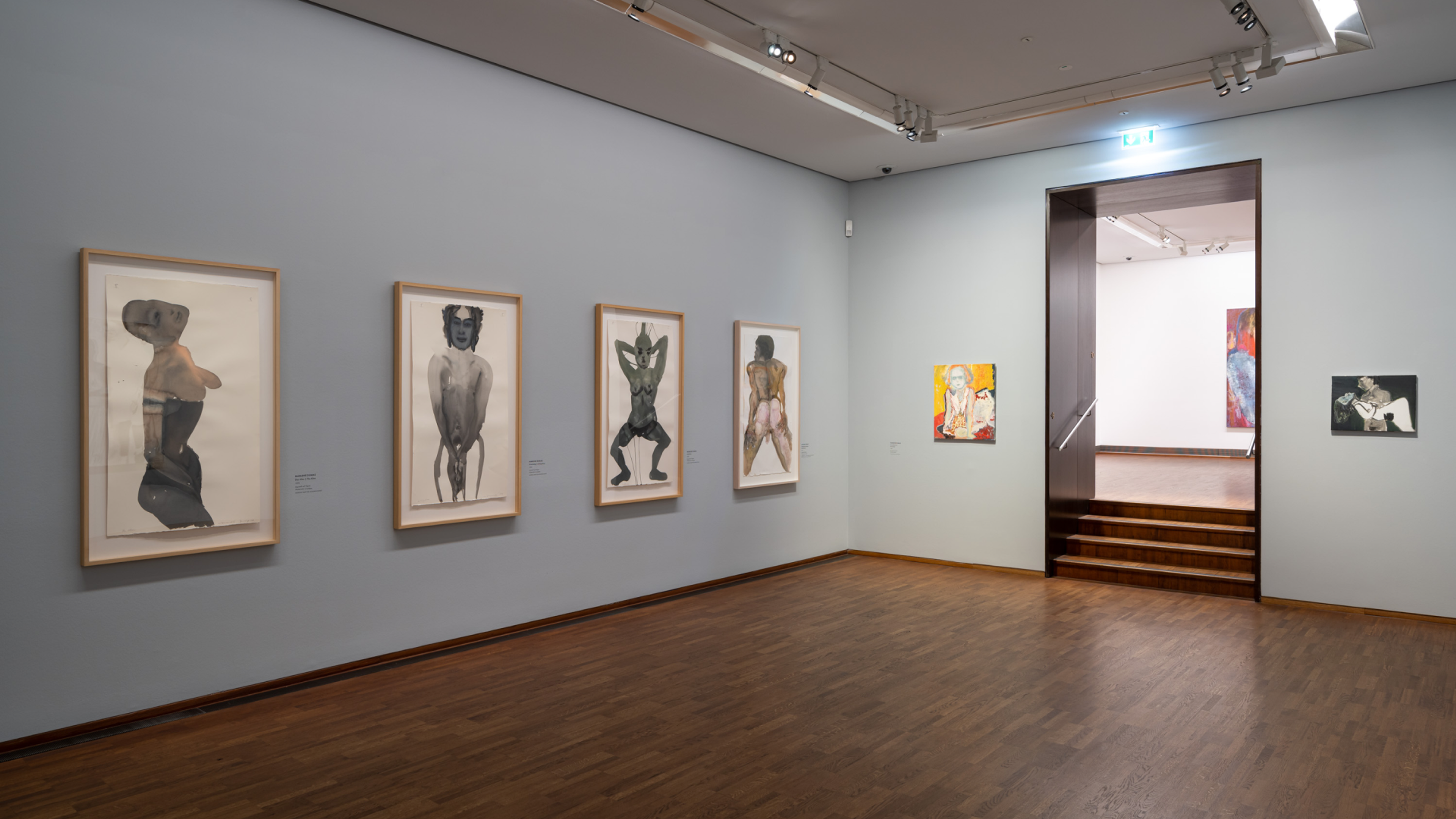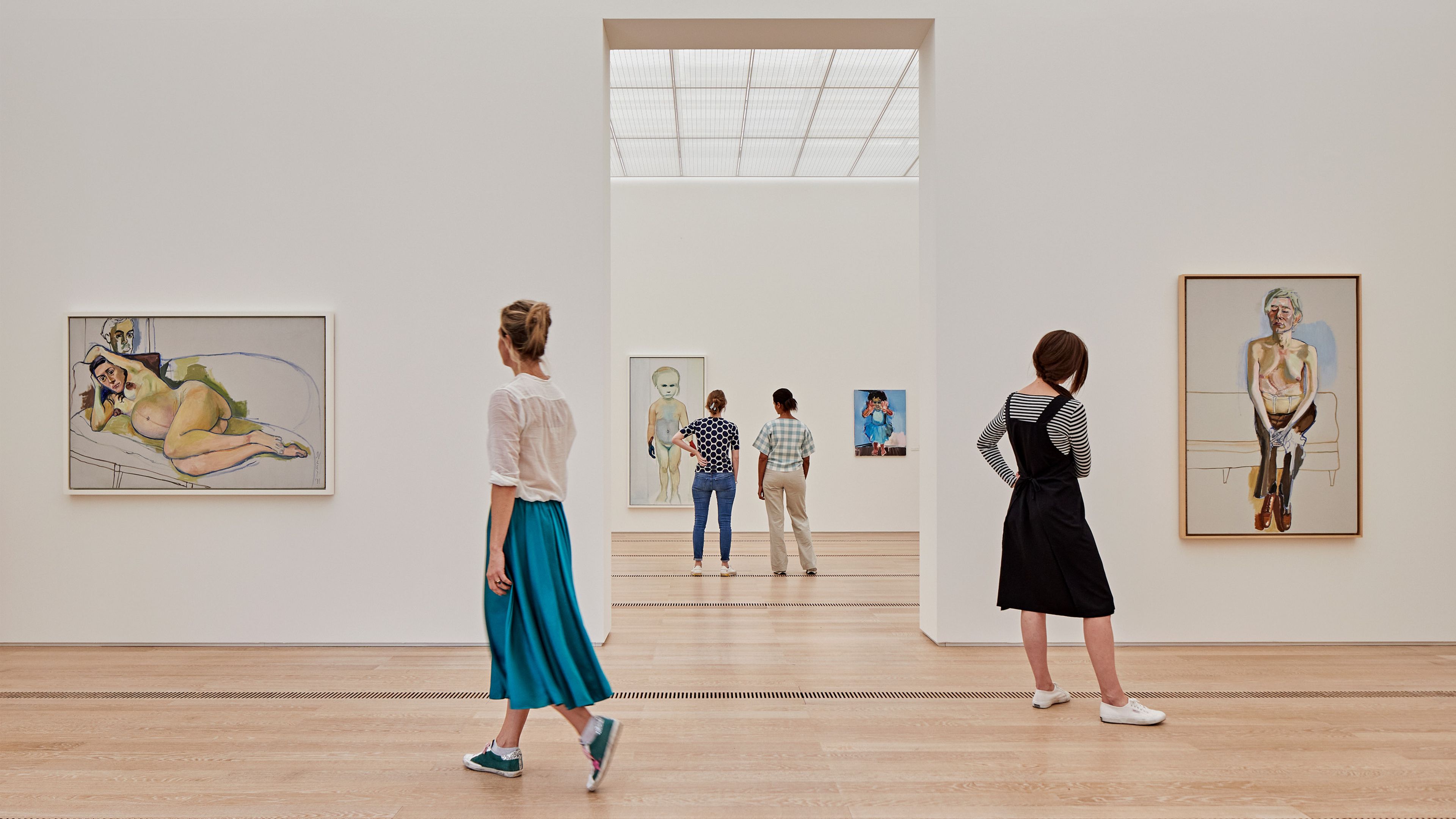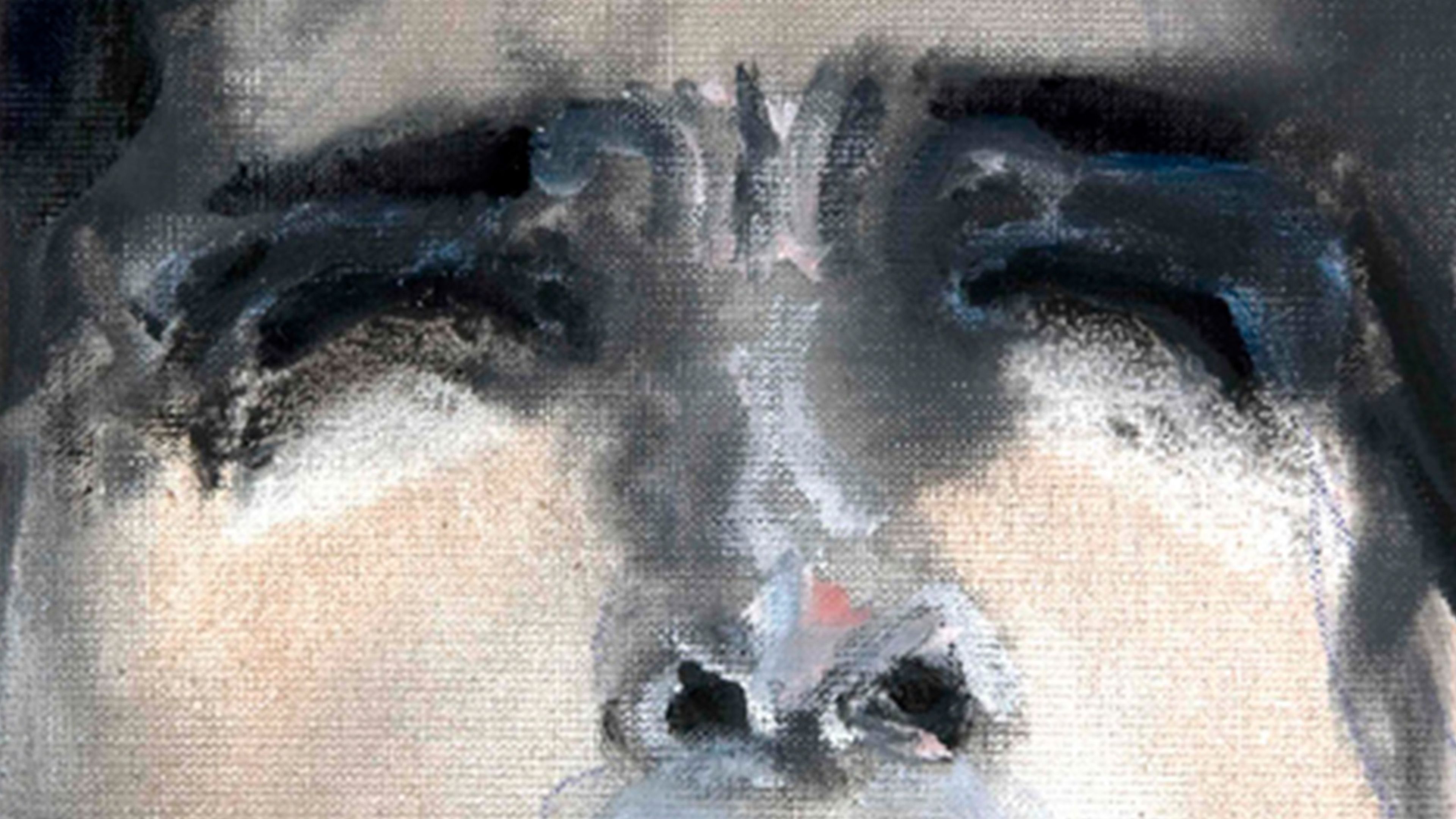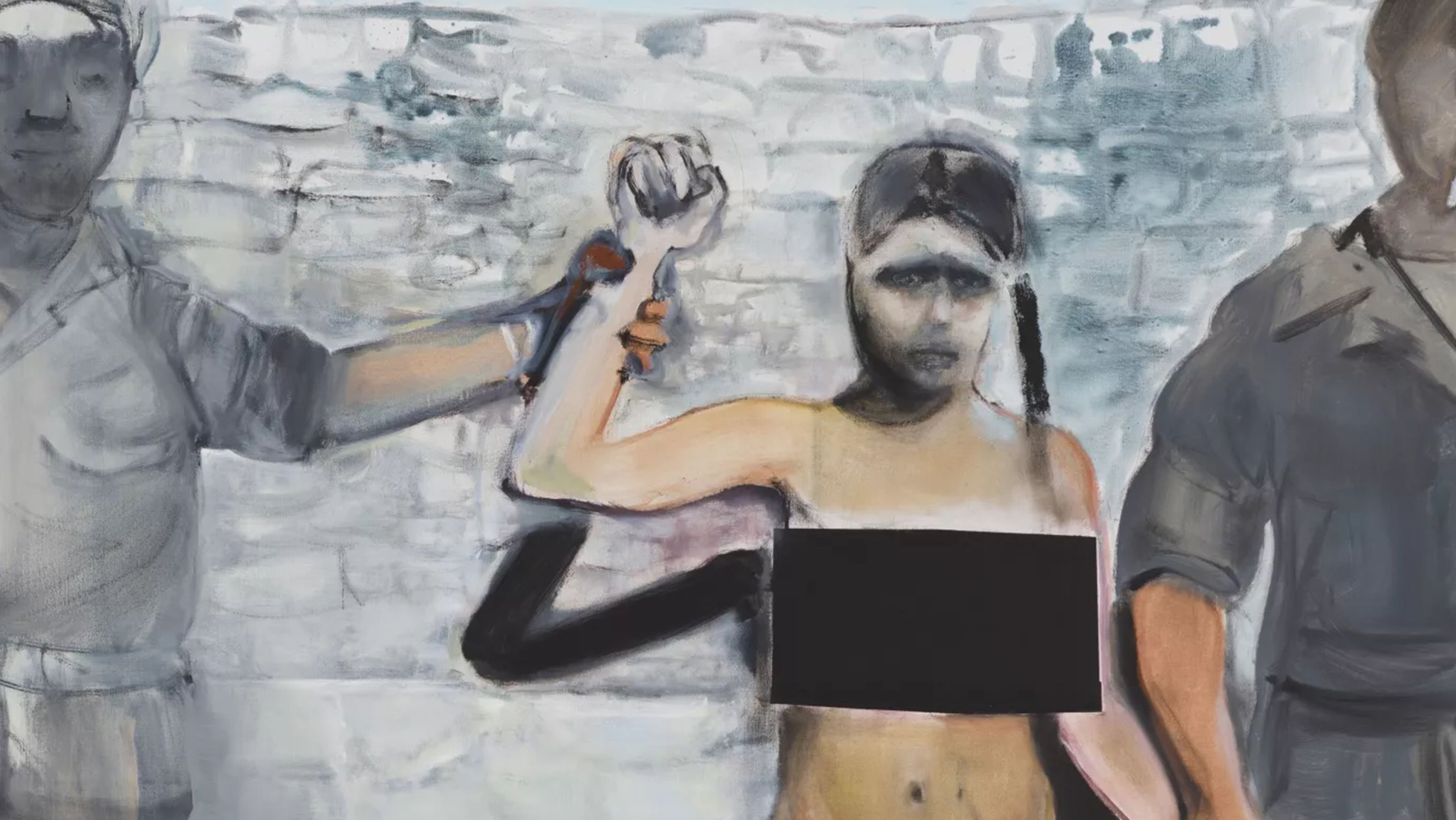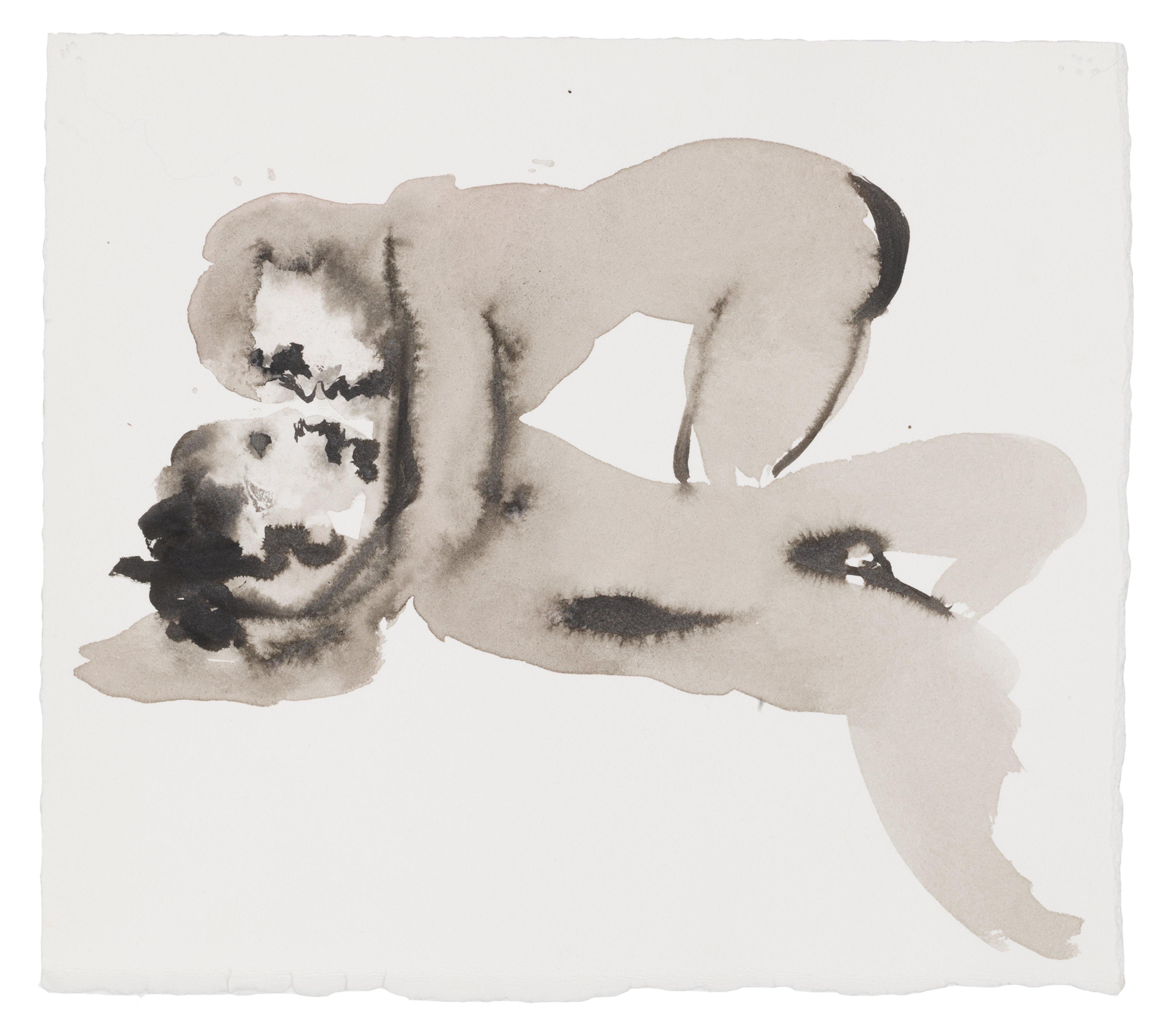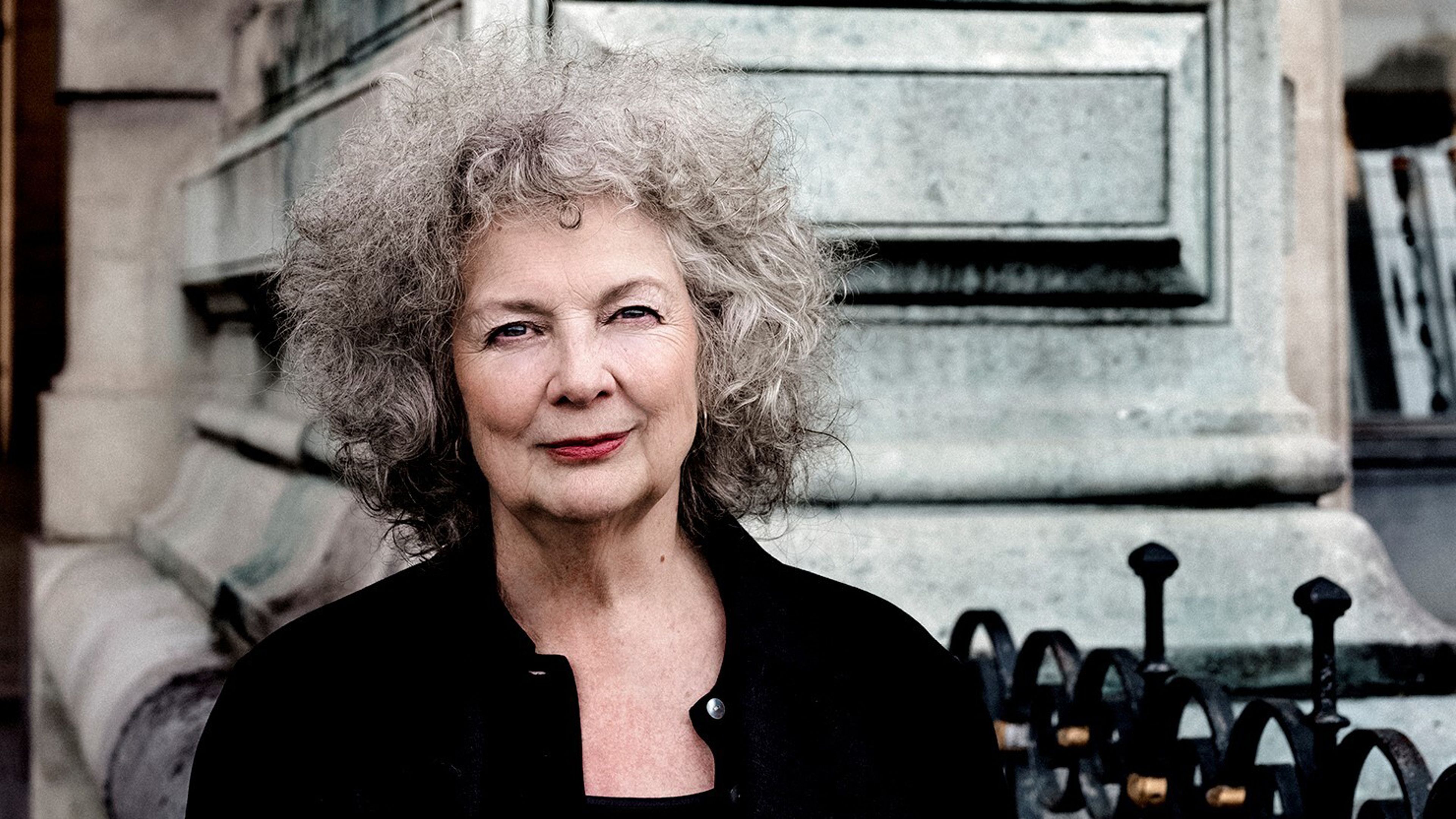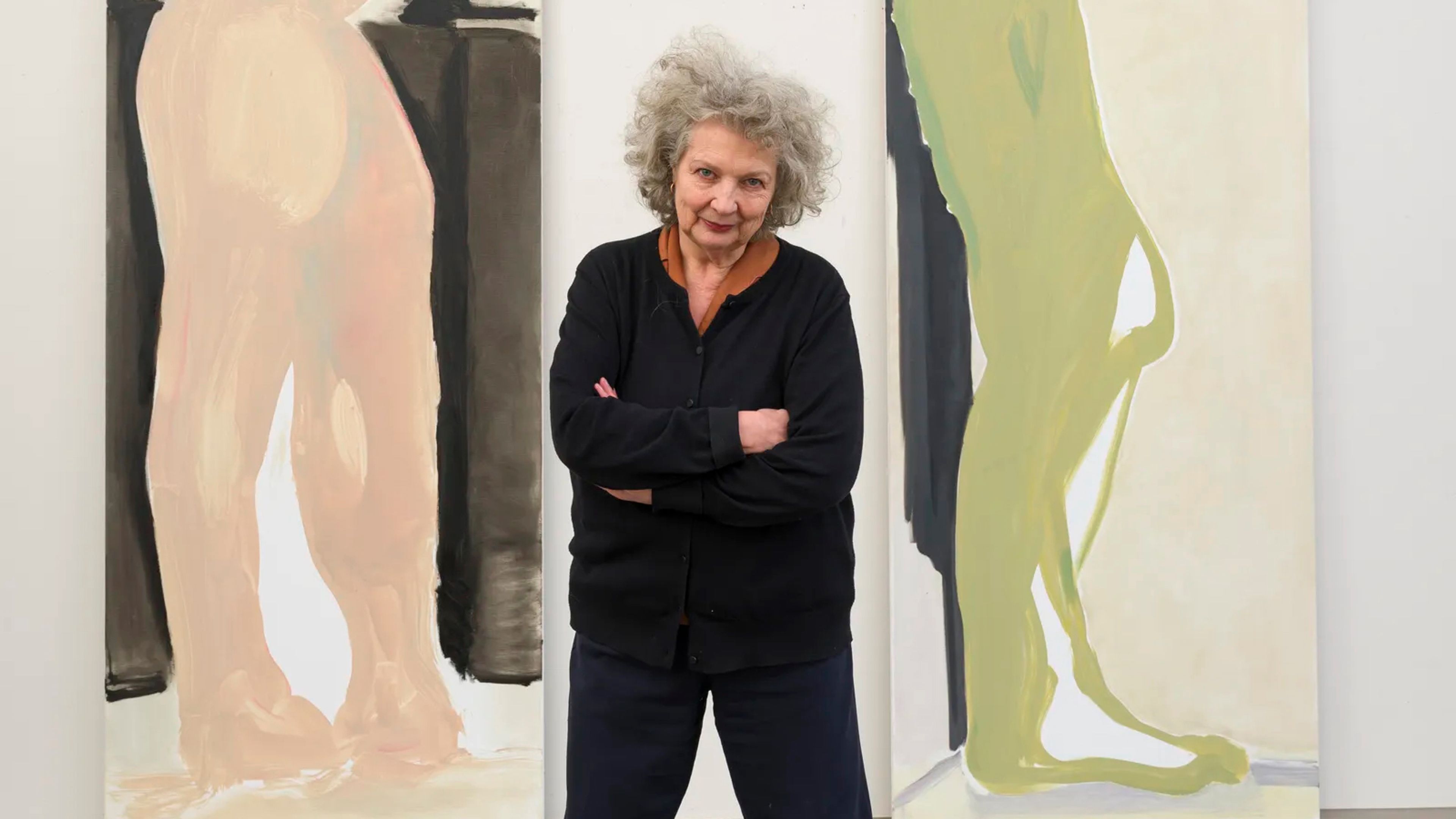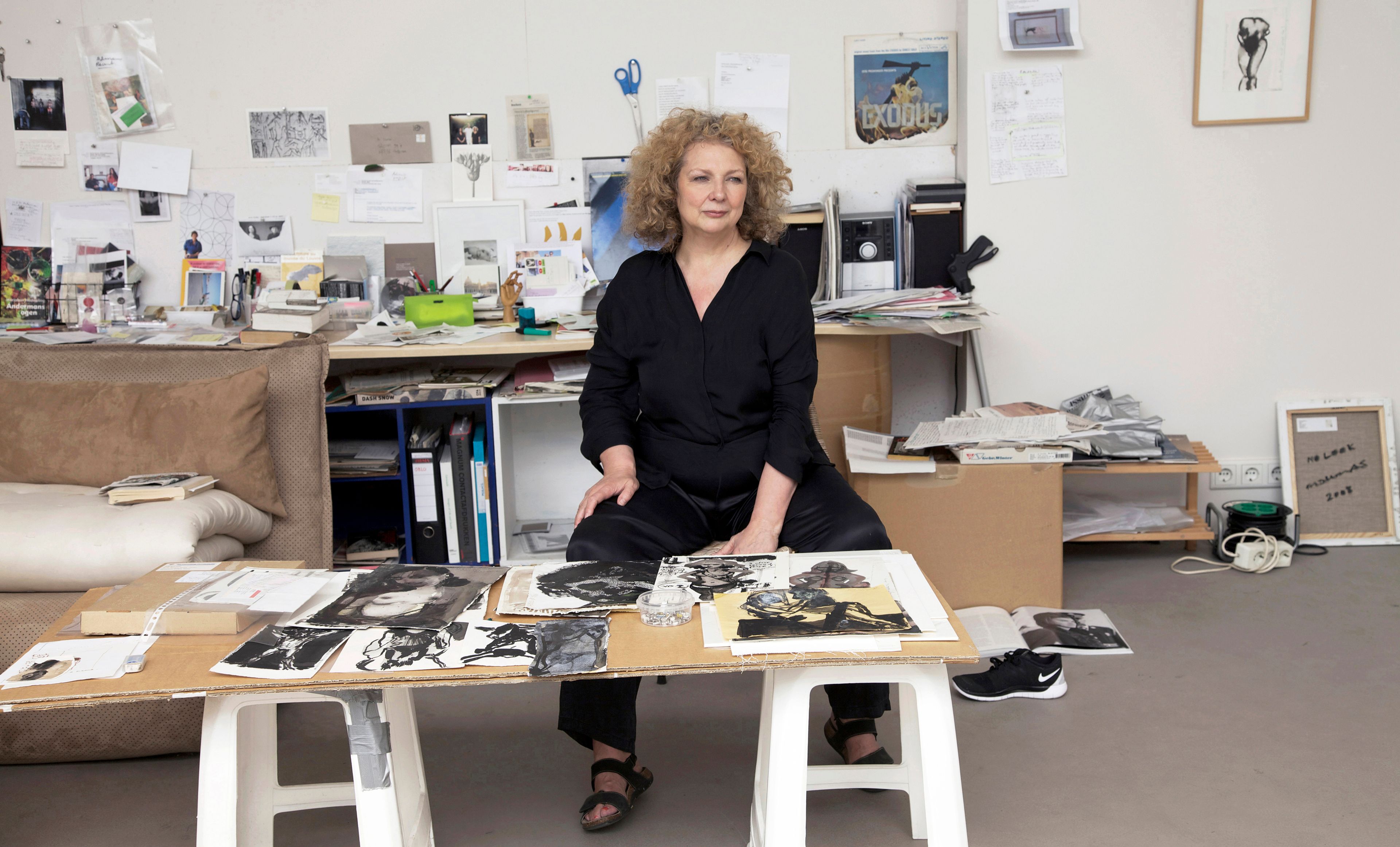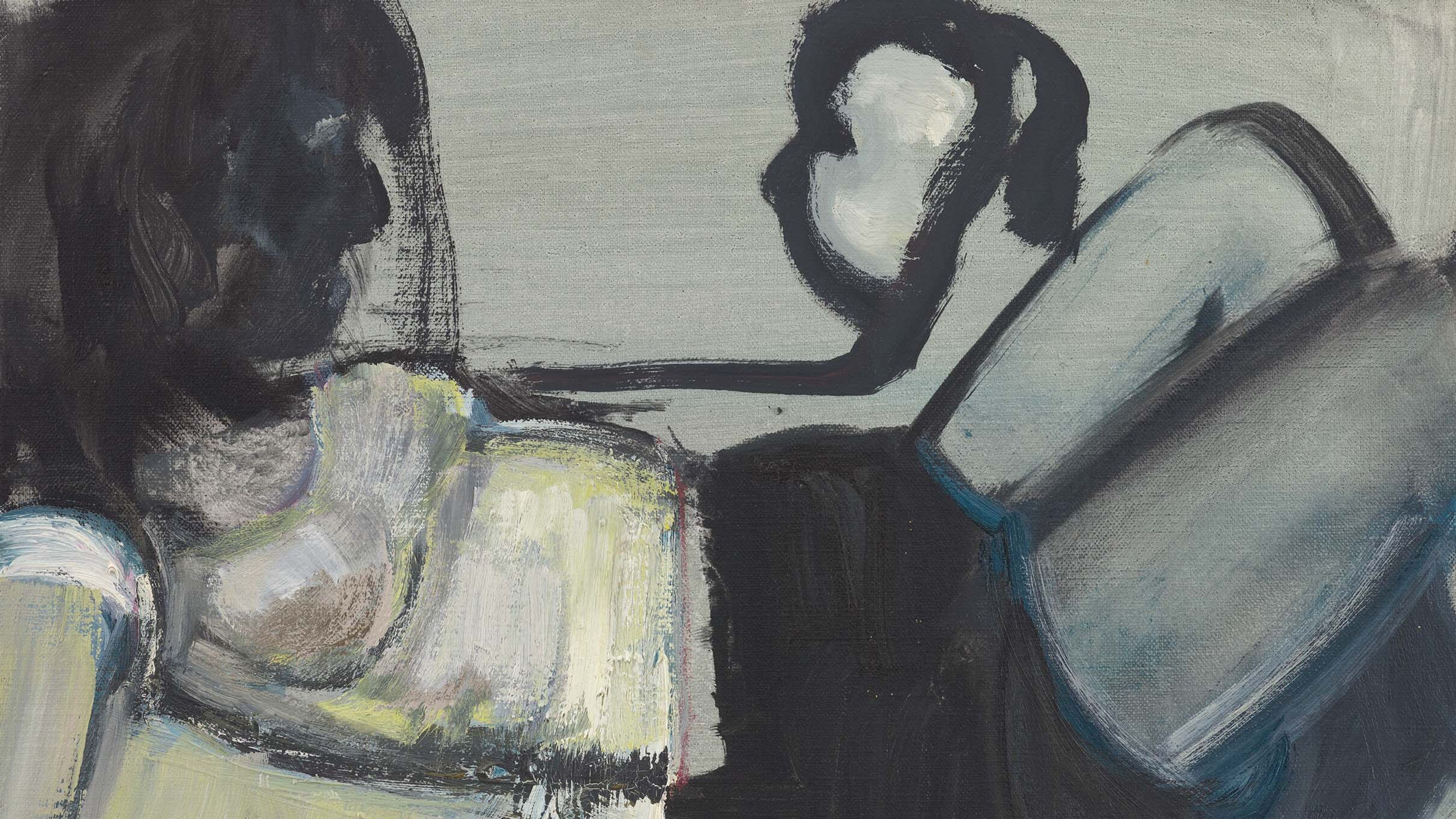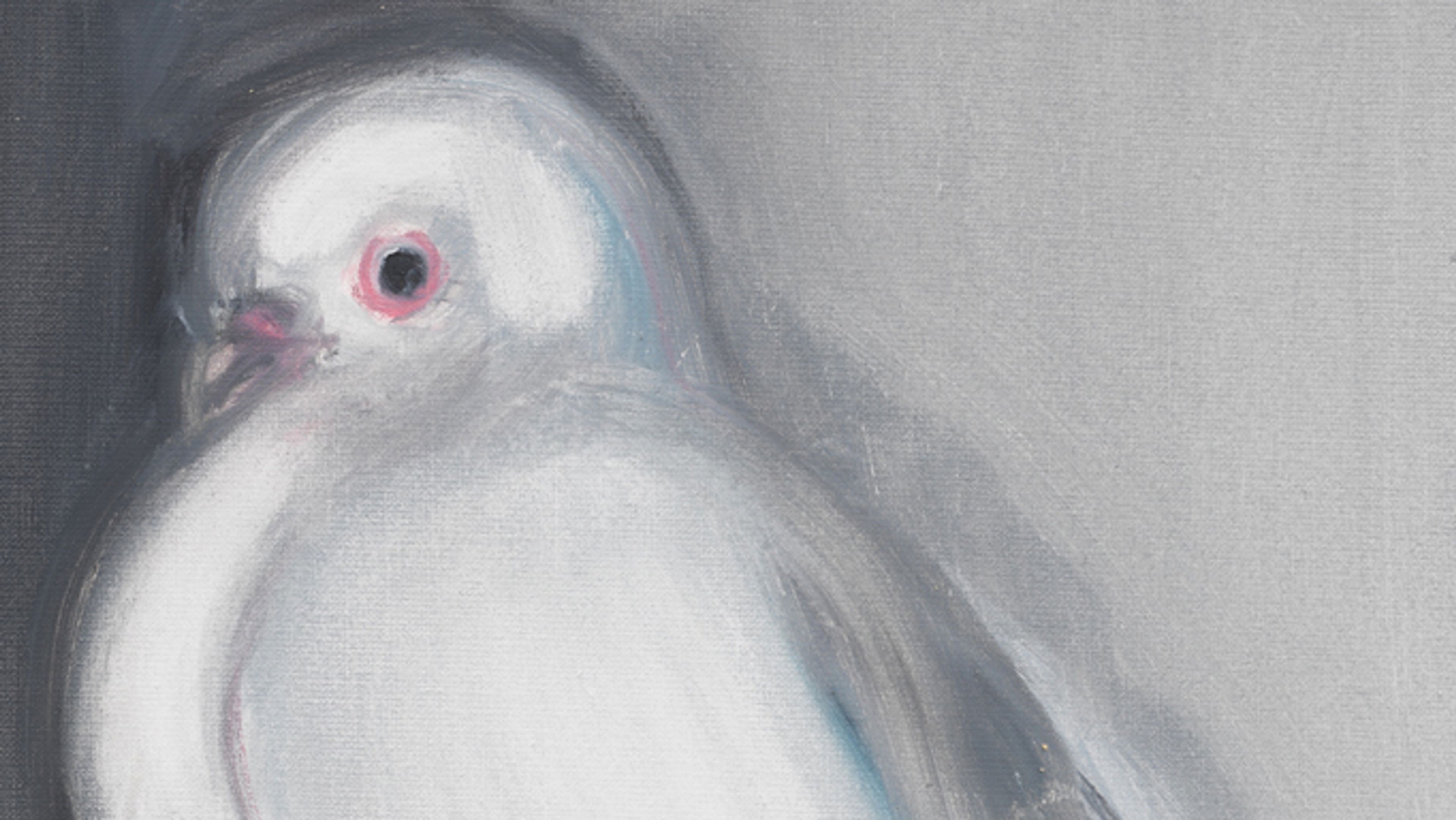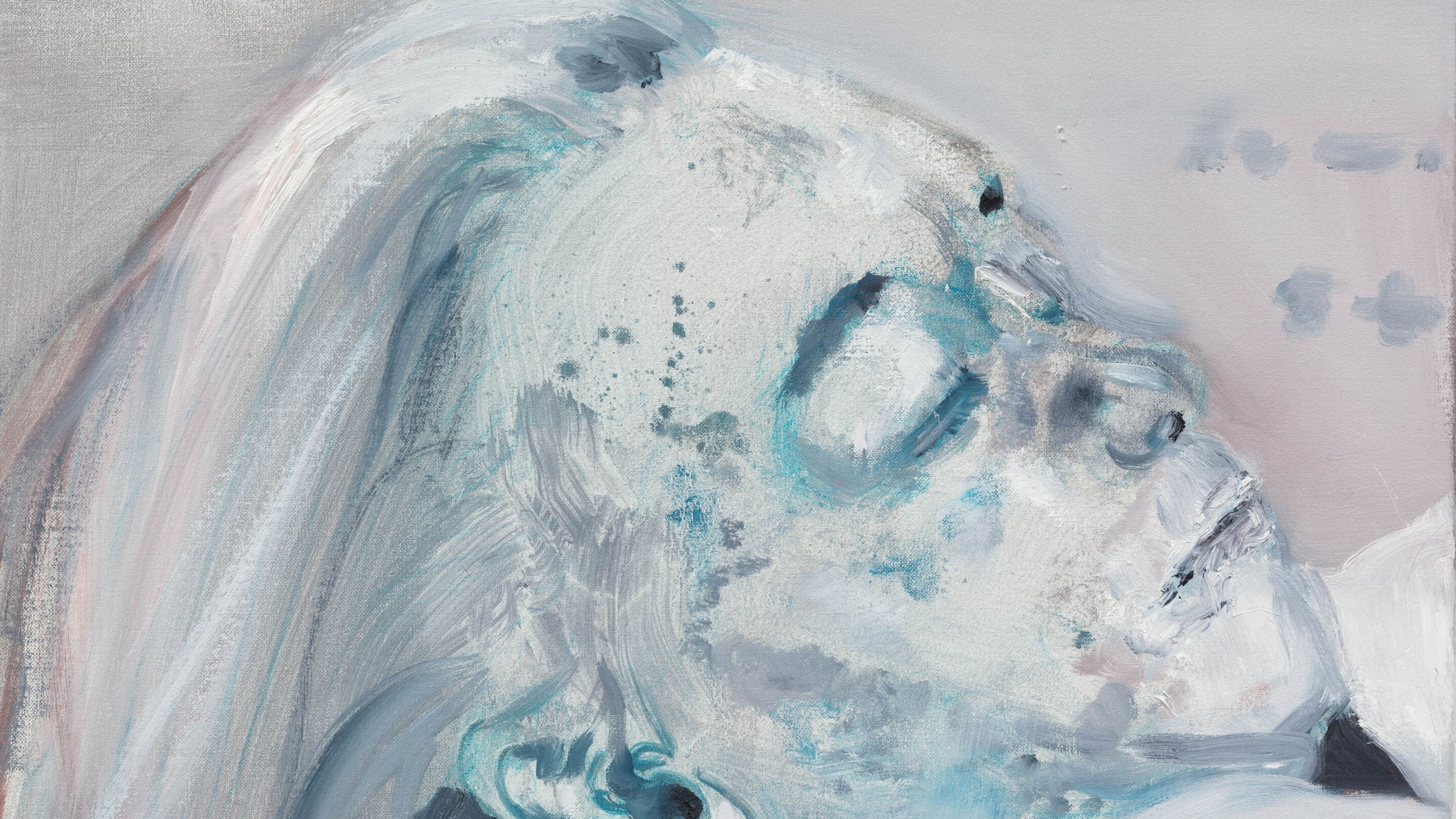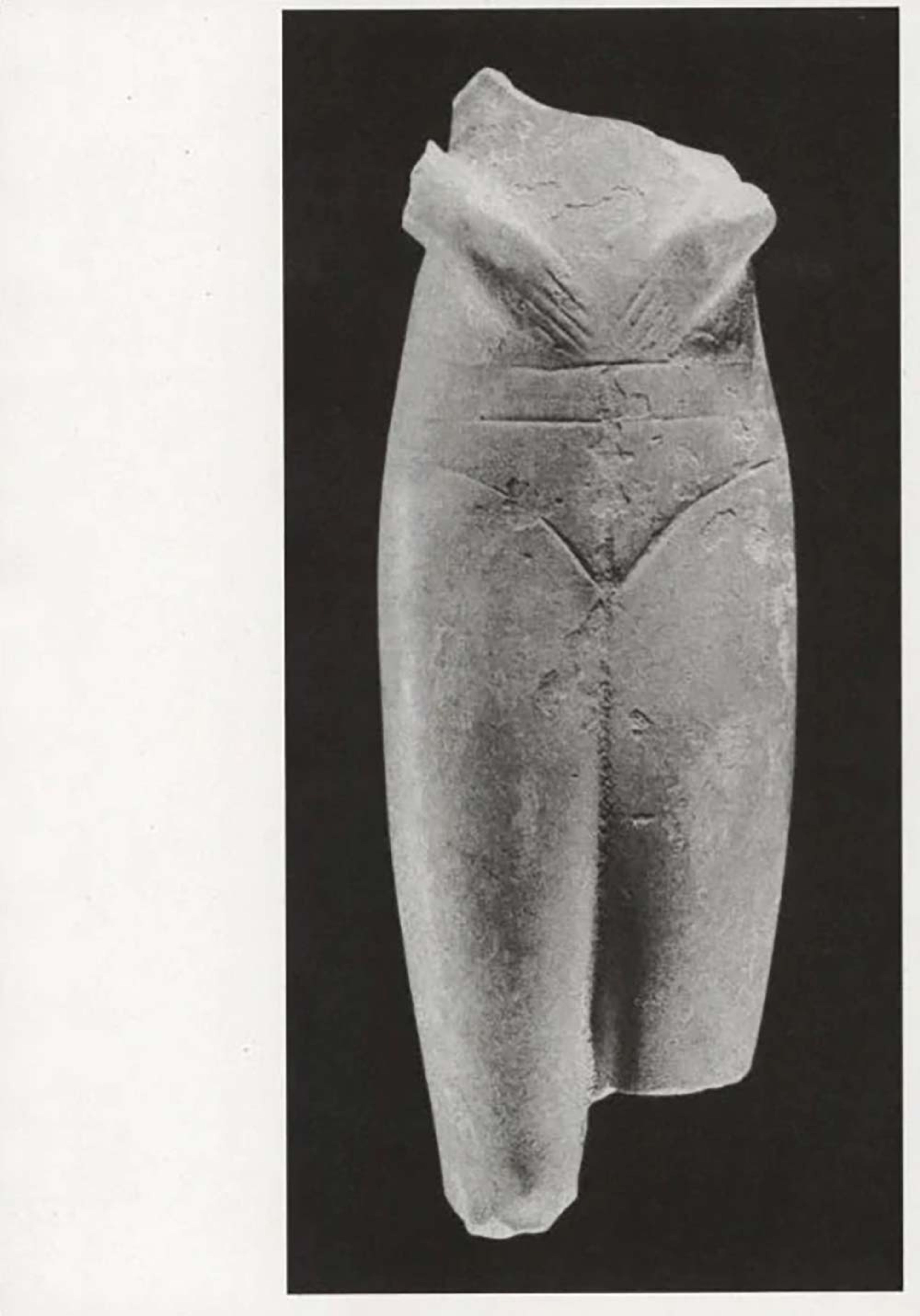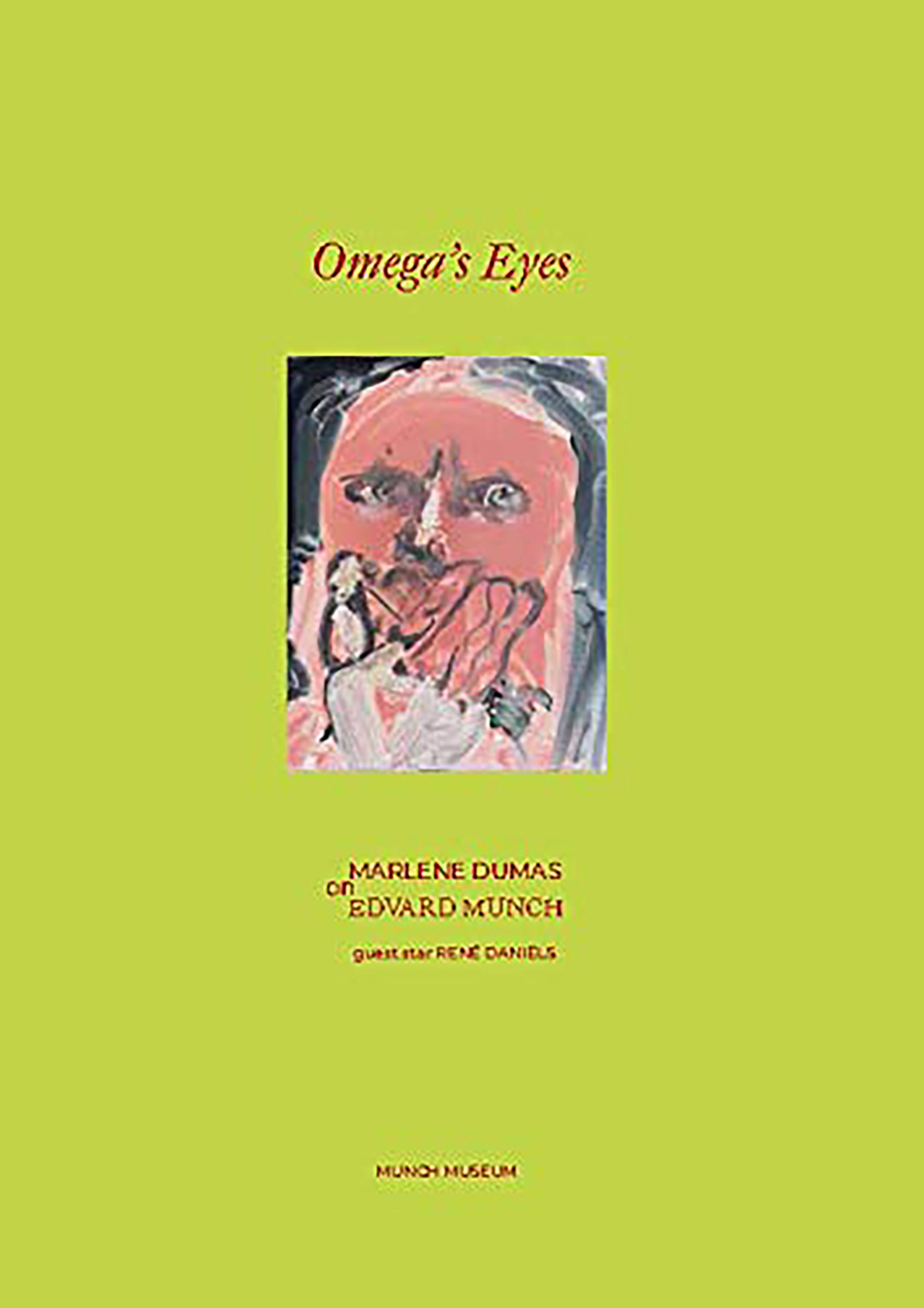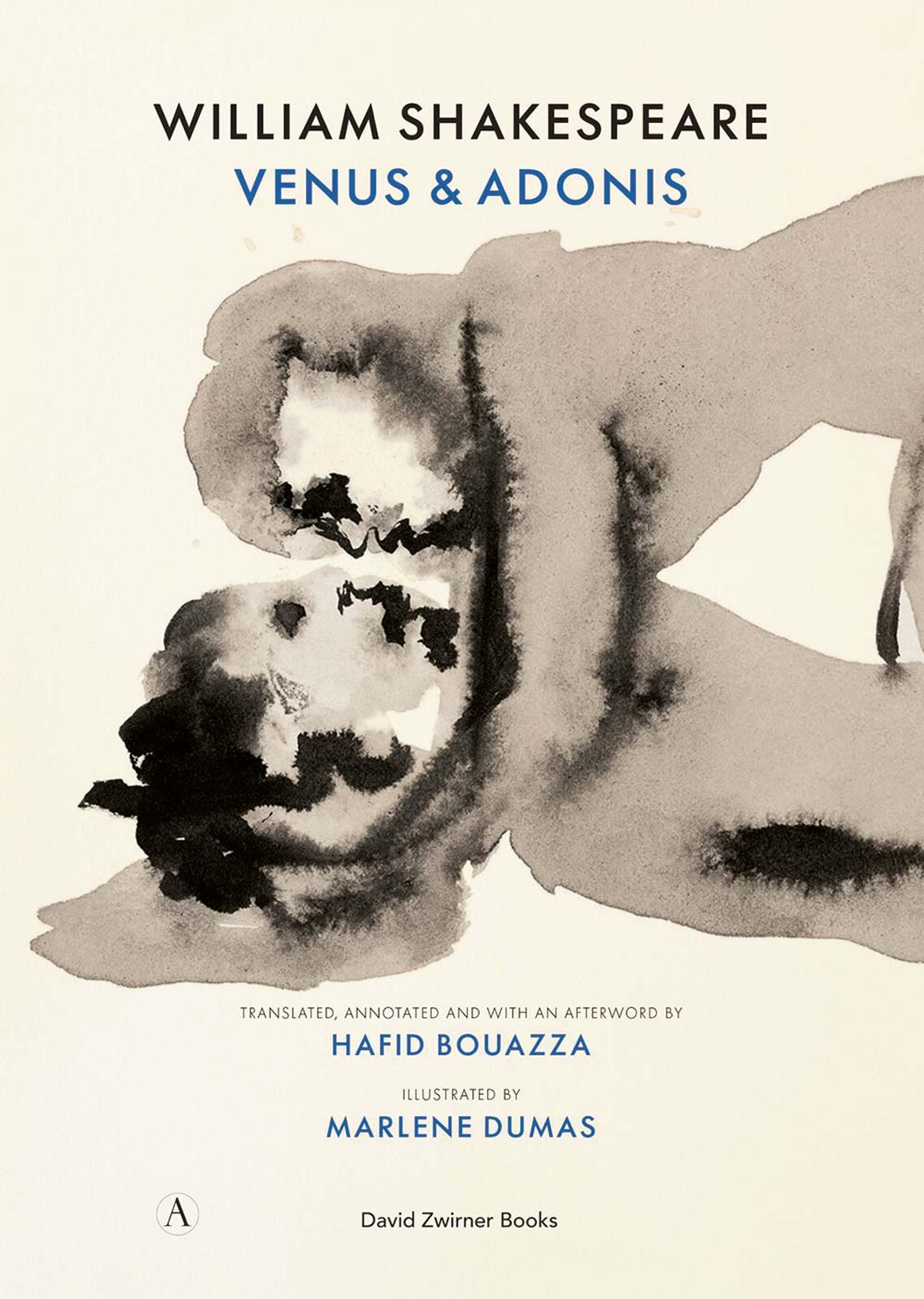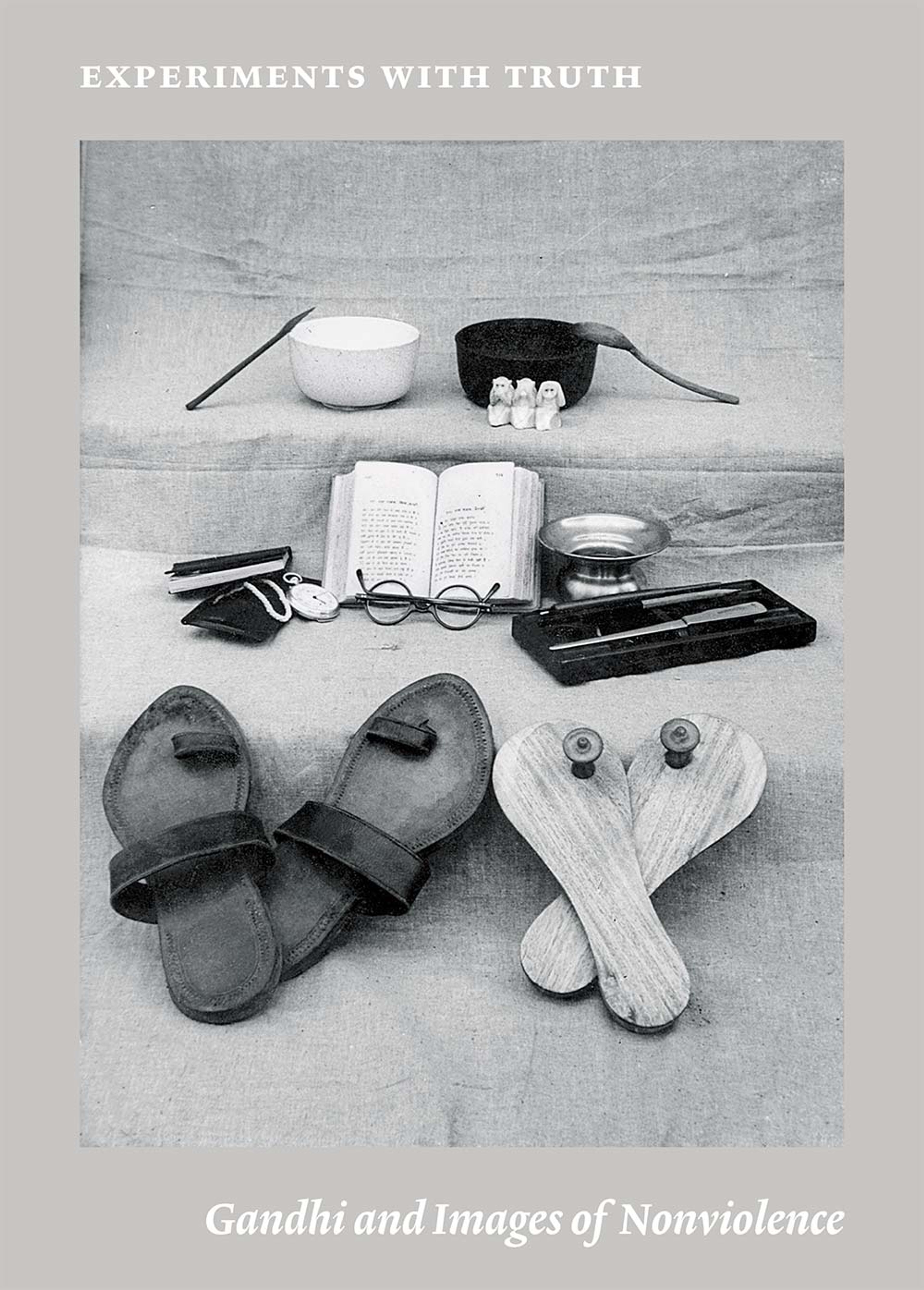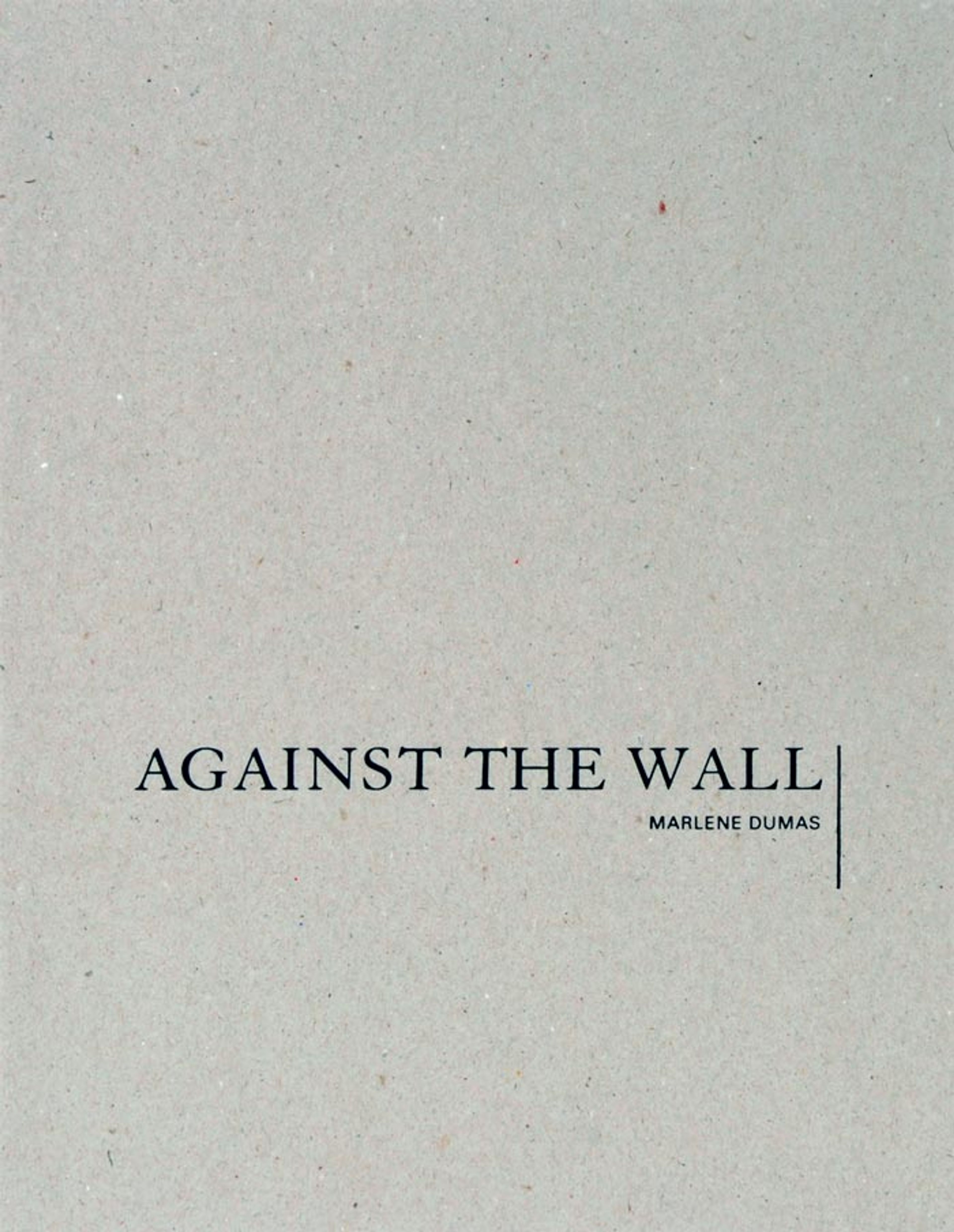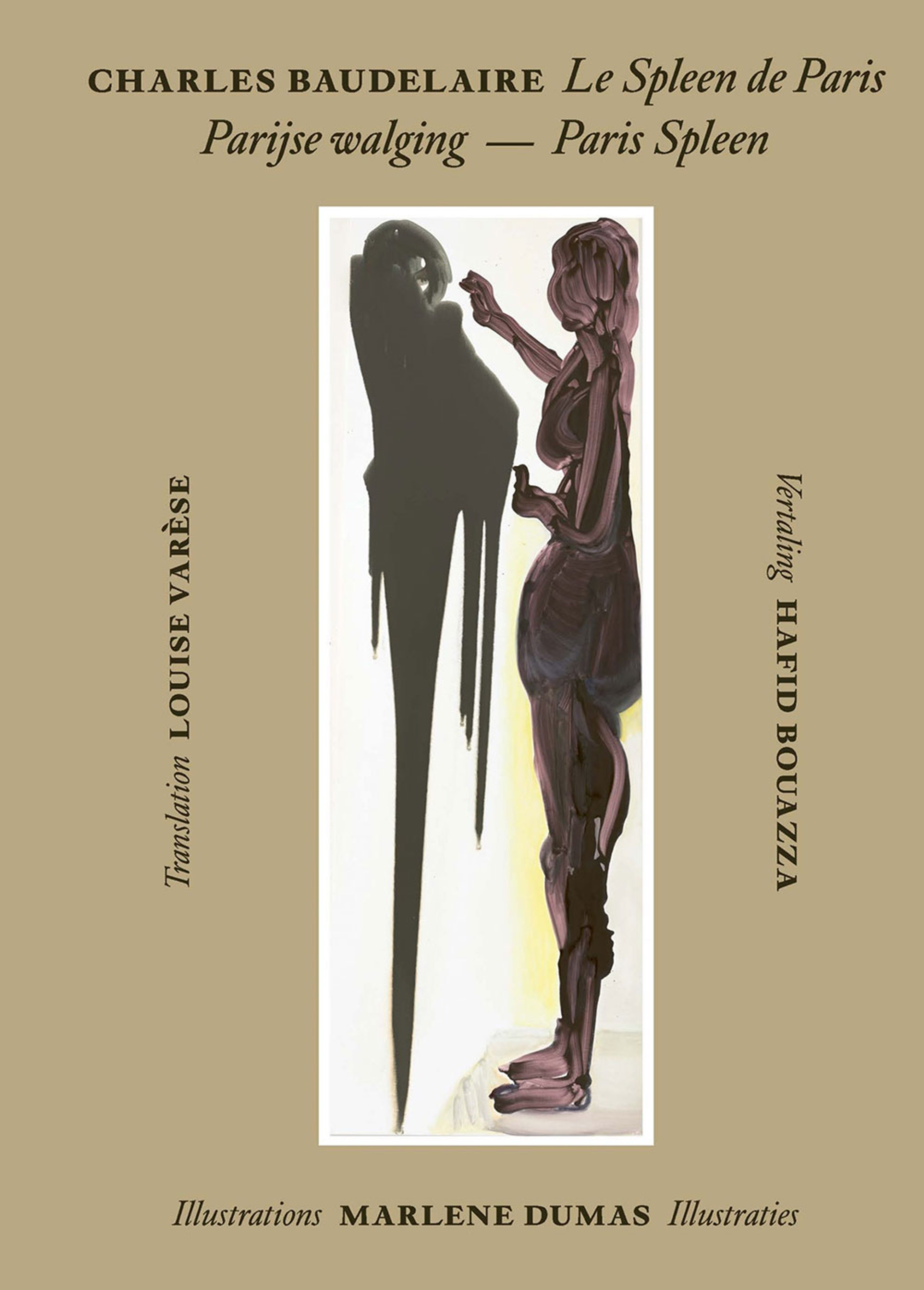Marlene Dumas
Marlene Dumas (b. 1953) is regarded as one of the most influential painters working today. Over the past four decades, she has continuously probed the complexities of identity and representation in her work. Her paintings and drawings, frequently devoted to depictions of the human form, typically reference a vast archive of source imagery collected by the artist, including art-historical materials, mass media images, and personal snapshots of friends and family.
Learn MoreSurvey
Exhibitions
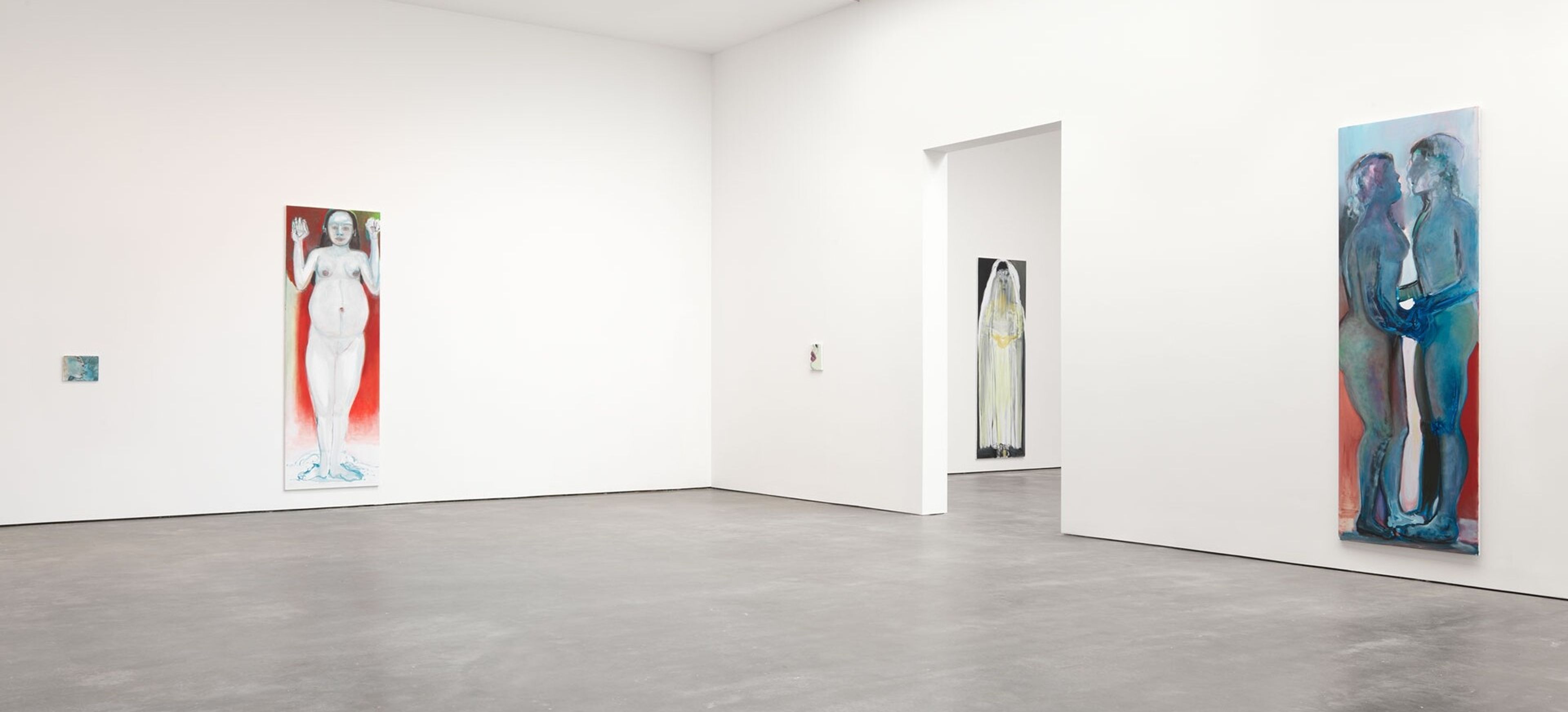
Explore Exhibitions
Artist News
Biography

Marlene Dumas, 2018. Photo by Ove Kvavik
Marlene Dumas (b. 1953) is regarded as one of the most influential painters working today. Over the past four decades, she has continuously probed the complexities of identity and representation in her work. Her paintings and drawings, frequently devoted to depictions of the human form, typically reference a vast archive of source imagery collected by the artist, including art-historical materials, mass media images, and personal snapshots of friends and family. Gestural, fluid, and frequently spectral, Dumas’s works reframe and re-contextualize her subjects, exploring the ambiguous and shifting boundaries between public and private selves.
Born in Cape Town, South Africa, Dumas moved to Amsterdam in 1976, where she has lived and worked since.
At the Palazzo Grassi in Venice Marlene Dumas: open-end, a major solo presentation of the artist's oeuvre, was presented in 2022. In 2021, the Musée d'Orsay, Paris, presented Marlene Dumas: Le Spleen de Paris, an exhibition of the artist's work in dialogue with the poetry of Charles Baudelaire. In 2014, the Stedelijk Museum in Amsterdam presented a major retrospective of the artist’s work, Marlene Dumas: The Image as Burden, which traveled to Tate Modern, London, and the Fondation Beyeler, Basel, in 2015. In 2008, a critically acclaimed retrospective, Marlene Dumas: Measuring Your Own Grave, was organized by The Museum of Contemporary Art, Los Angeles, in association with The Museum of Modern Art, New York, which also toured to The Menil Collection, Houston, in 2009.
Additional solo exhibitions of the artist’s work have taken place at the Institute of Contemporary Art, Boston (2001); Centre Pompidou, Paris (2001; traveled to New Museum of Contemporary Art, New York, 2002; De Pont Museum of Contemporary Art, Tilburg, The Netherlands, 2002); Art Institute of Chicago (2003); Museum of Contemporary Art Tokyo (2007; traveled to Marugame Genichiro-Inokuma Museum of Contemporary Art, Marugame, Japan); Iziko South African National Gallery, Cape Town (2007; traveled to Standard Bank Gallery, Johannesburg, 2008); Museum Kunstpalast, Düsseldorf (2008); and the Fondazione Stelline, Milan (2012).
In 2017, Dumas presented an altarpiece made in collaboration with Jan Andriesse and Bert Boogaard as a permanent installation at the Annenkirche (St. Anne’s Church) in Dresden. Also in 2017, the Albertinum and Kupferstich-Kabinett, Staatliche Kunstsammlungen Dresden hosted concurrent solo exhibitions. In 2018-2019, the artist curated an exhibition of her work alongside that of Edvard Munch and selected works by René Daniëls at the Munchmuseet, Oslo, entitled Moonrise. Marlene Dumas & Edvard Munch.
In 2025, the Musée du Louvre, Paris, unveiled Liaisons, a permanent installation by Dumas occupying the vast wall of the Porte des Lions atrium.
Dumas has been the recipient of notable awards including the Düsseldorf Art Prize (2007); Rolf Schock Prize in the Visual Arts (2011); the Johannes Vermeer Award (2012); and Verleihung des Hans Theo Richter-Preises für Zeichnung und Graphik (The Hans Theo Richter Prize for Drawing and Graphic Art), Sächsische Akademie der Künste, Dresden (2017).
Since 2008, Dumas’s work has been represented by David Zwirner. In 2010, she had her first solo exhibition, Against the Wall, at the gallery in New York, which traveled to the Museu Serralves in Porto, Portugal. In 2018, her second solo show with the gallery, Myths & Mortals, was on view at the gallery’s New York location.
Work by the artist is represented in museum collections worldwide, including the Art Institute of Chicago; Centre Pompidou, Paris; Fondation Beyeler, Basel; Gemeentemuseum, The Hague; Los Angeles County Museum of Art; Museum of Contemporary Art Tokyo; Museum für Moderne Kunst, Frankfurt; The Museum of Modern Art, New York; San Francisco Museum of Modern Art; Stedelijk Museum, Amsterdam; and Tate, United Kingdom.
Selected Press
Selected Titles

Request more information
